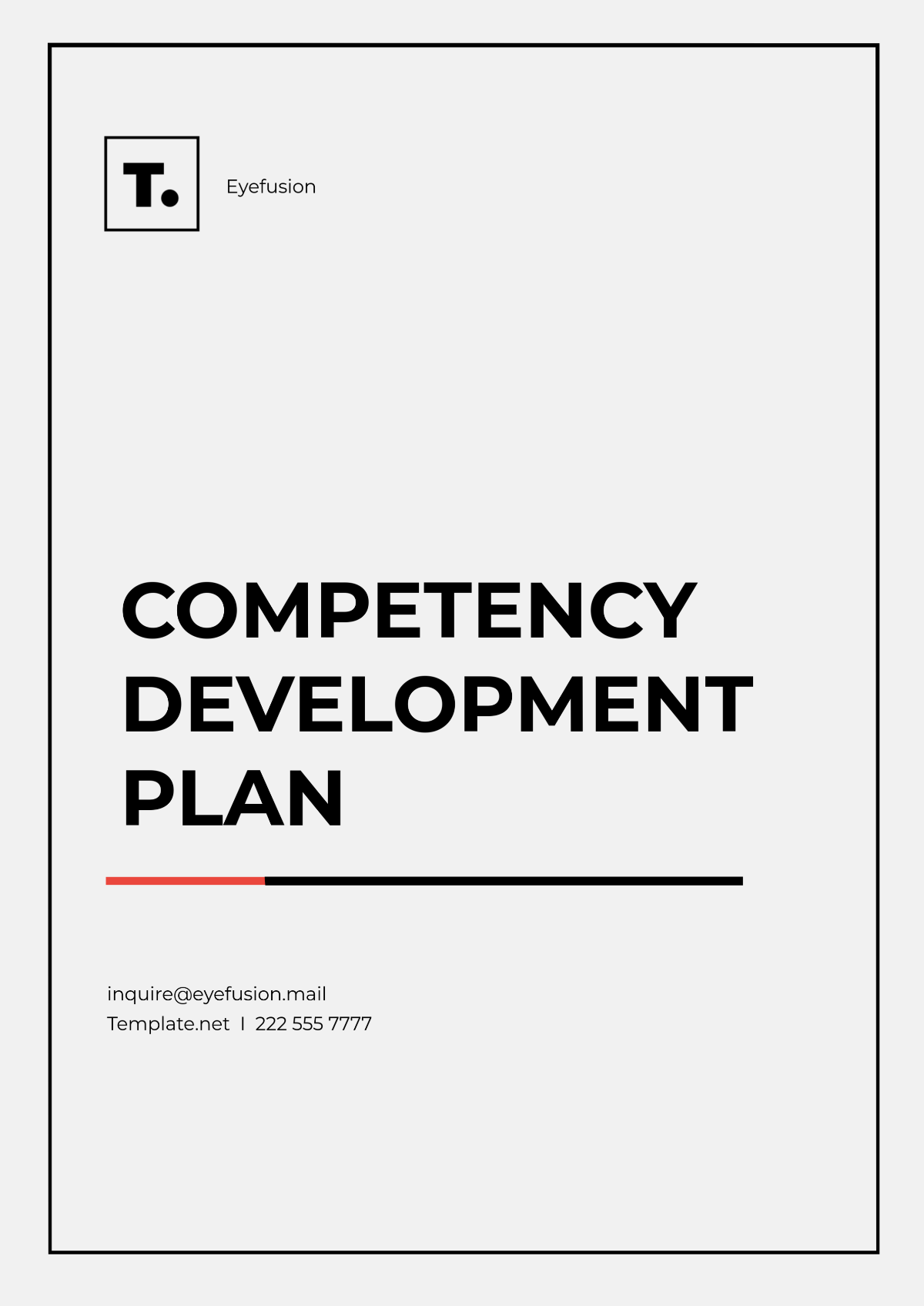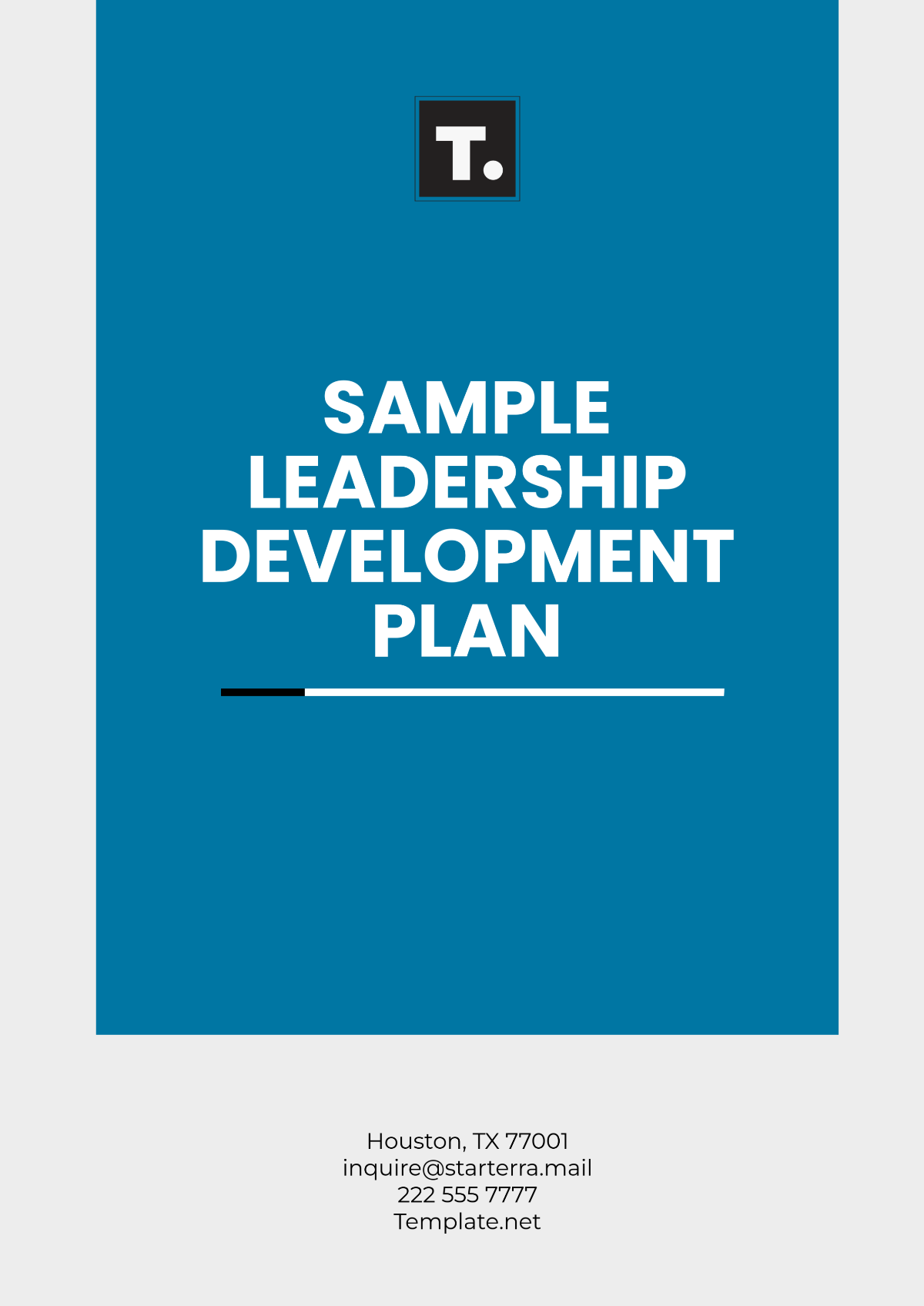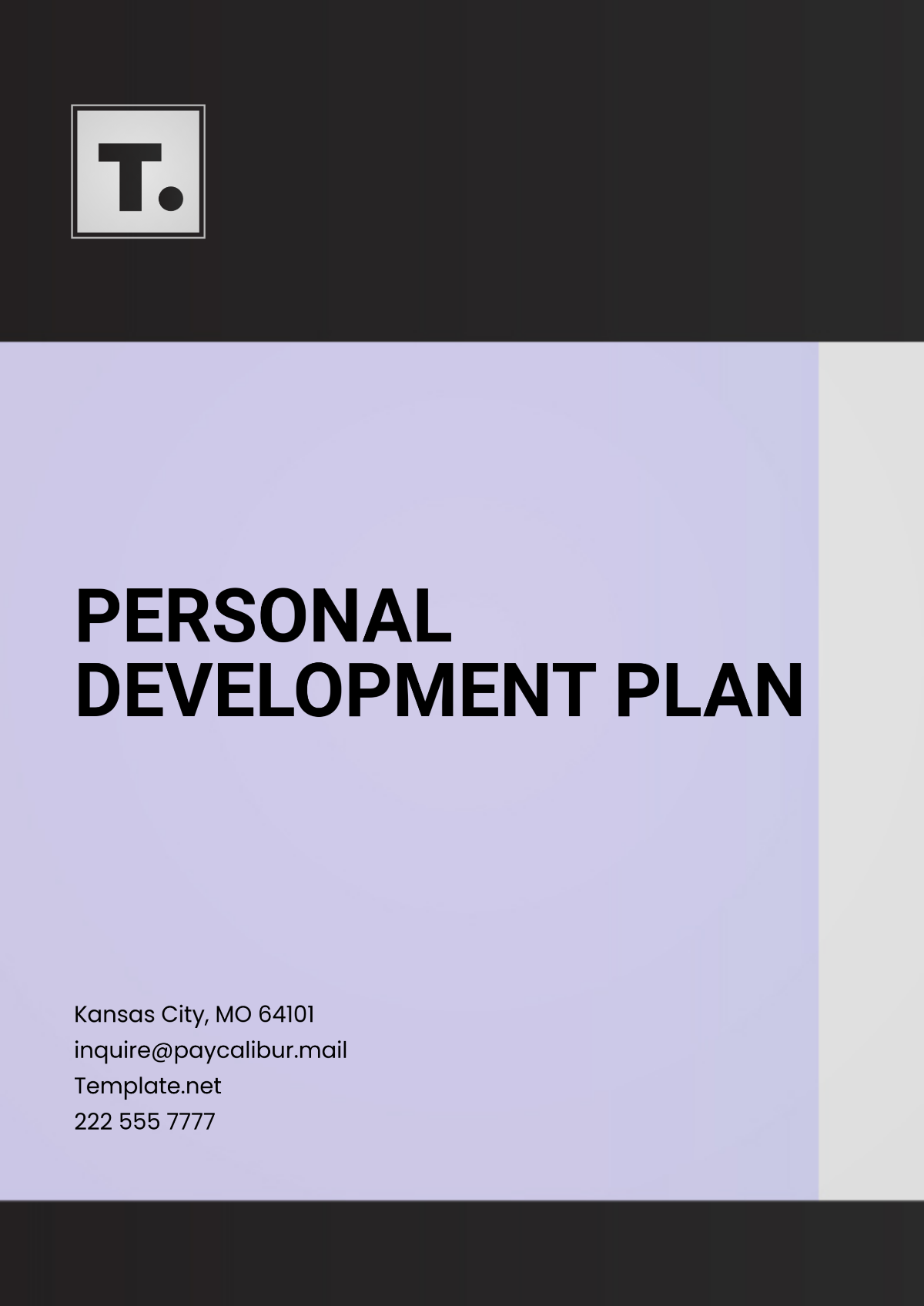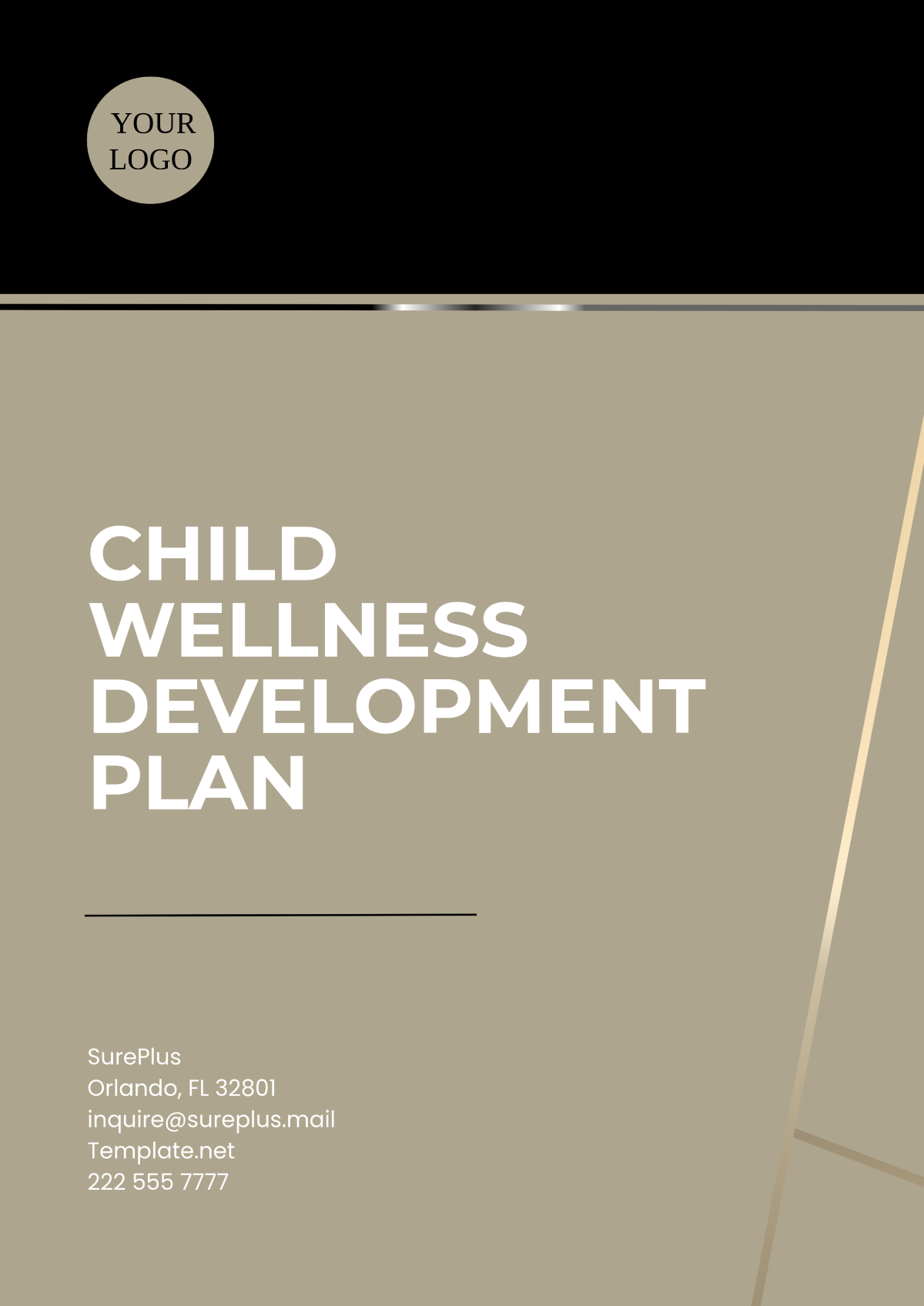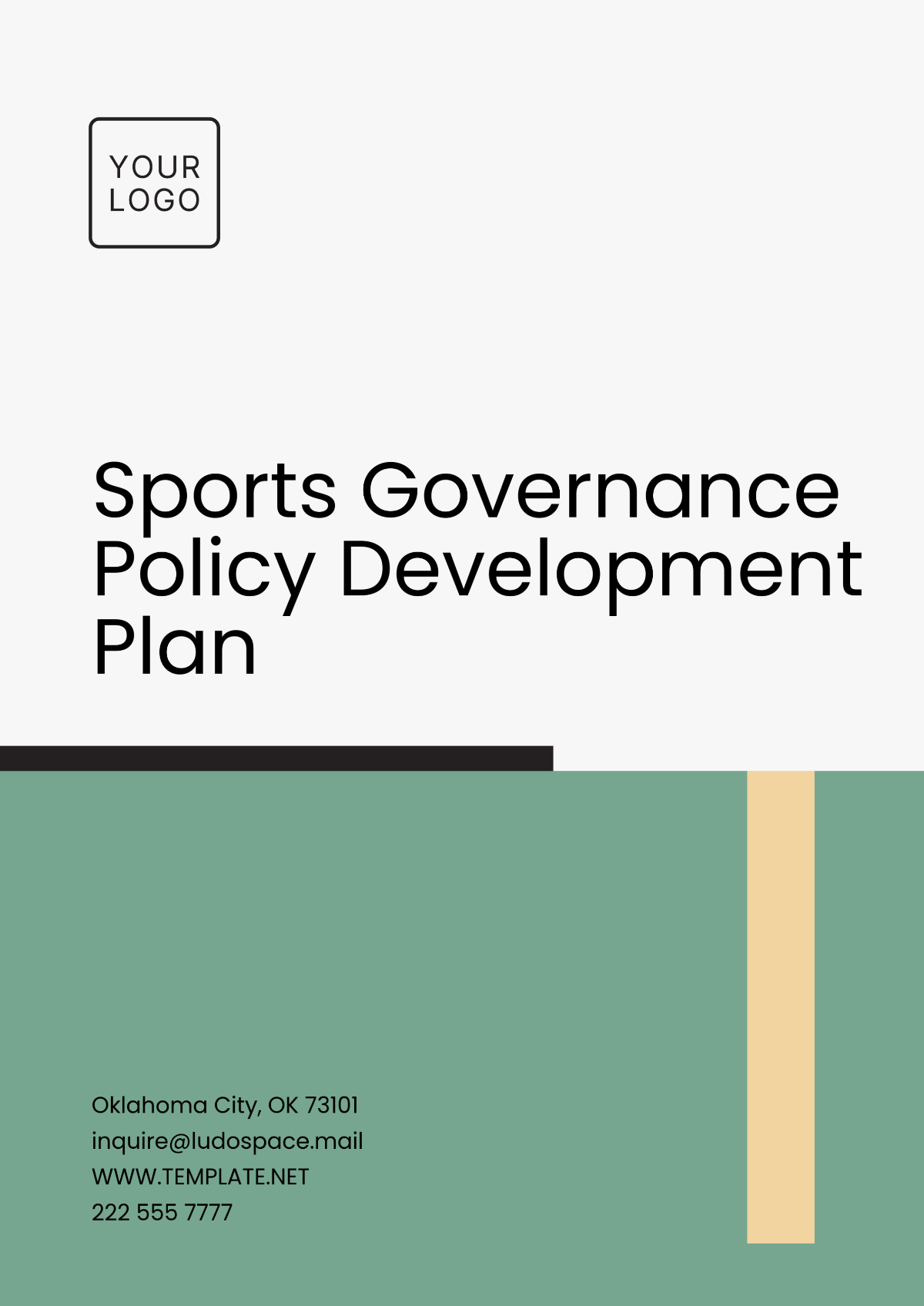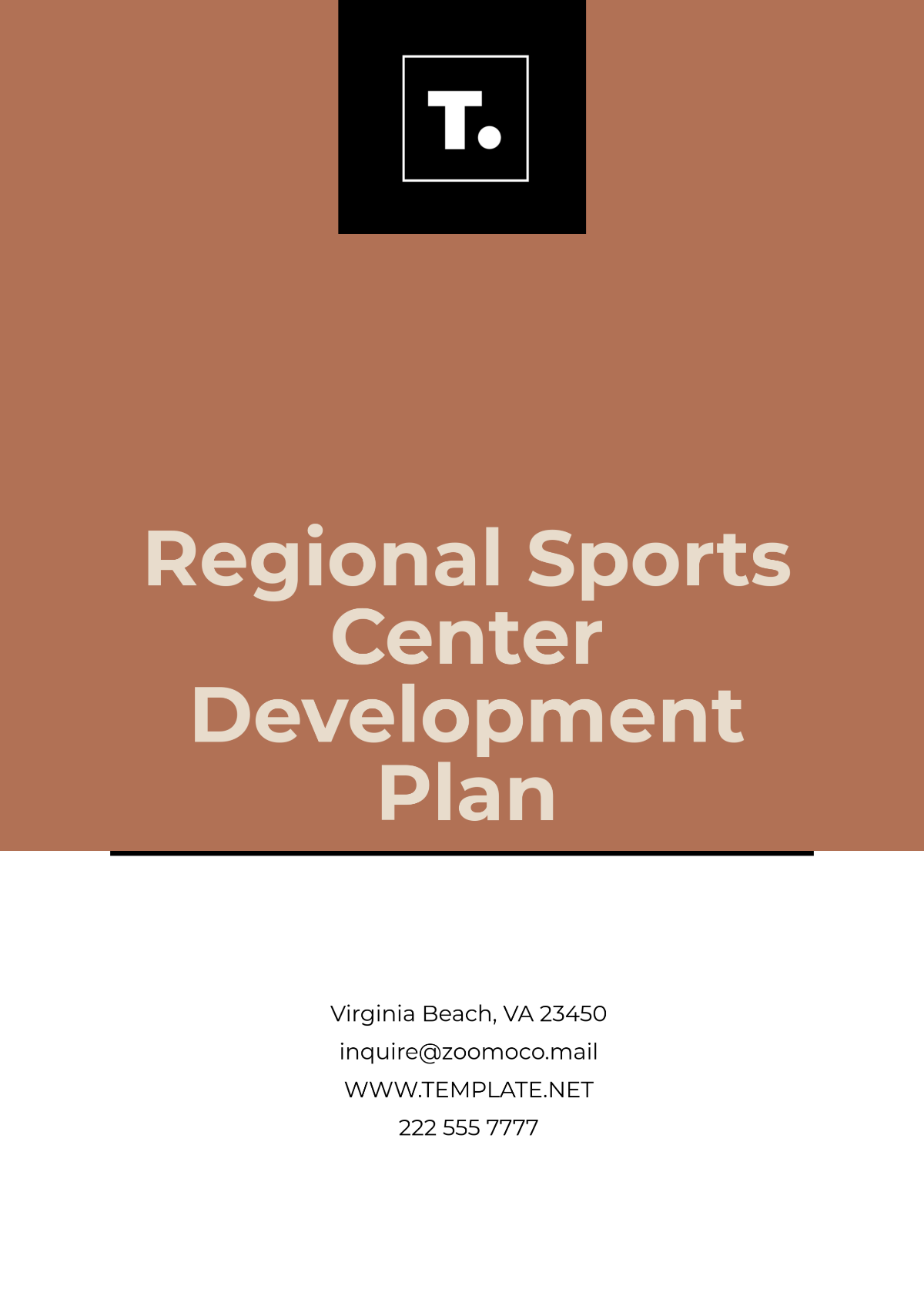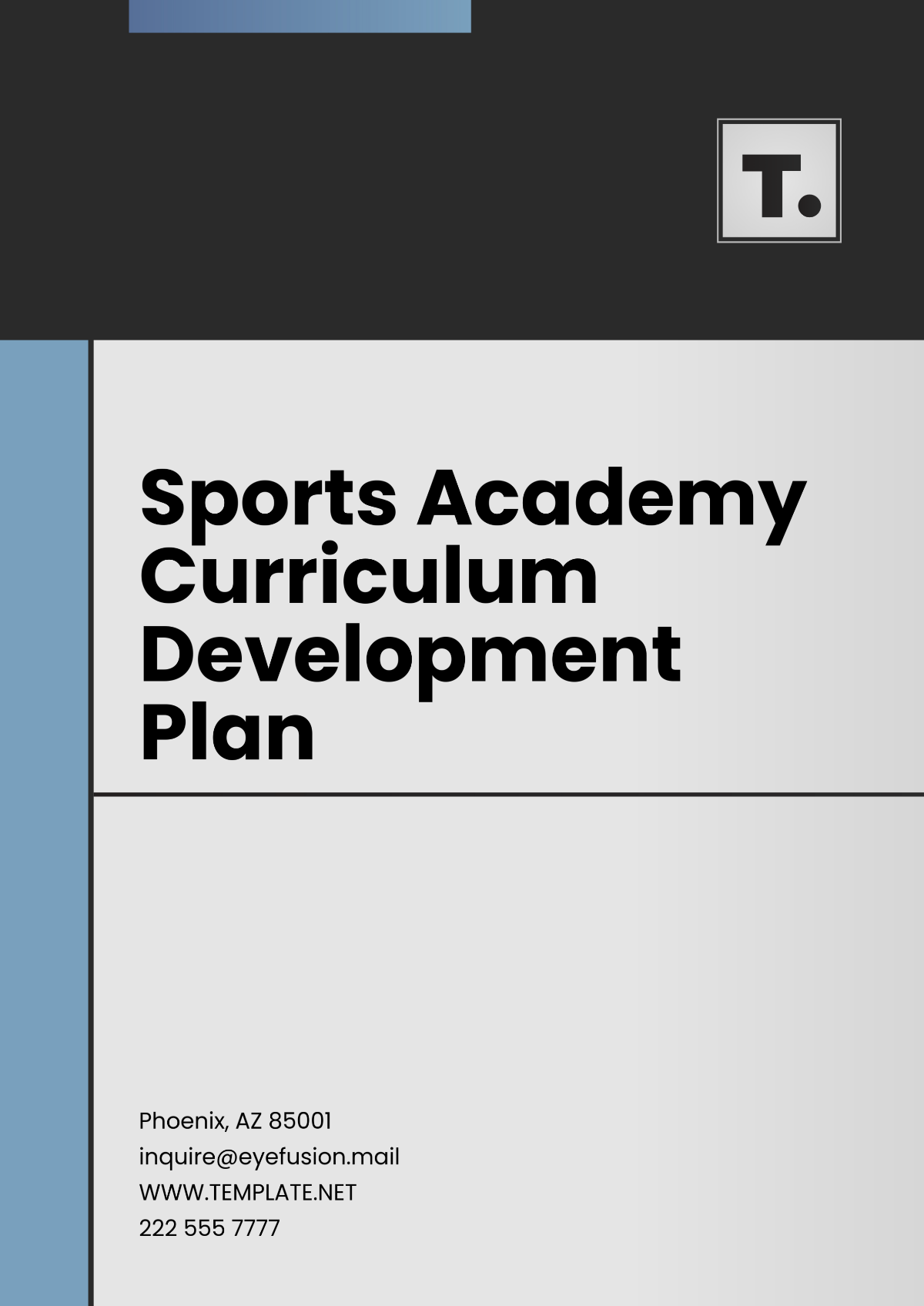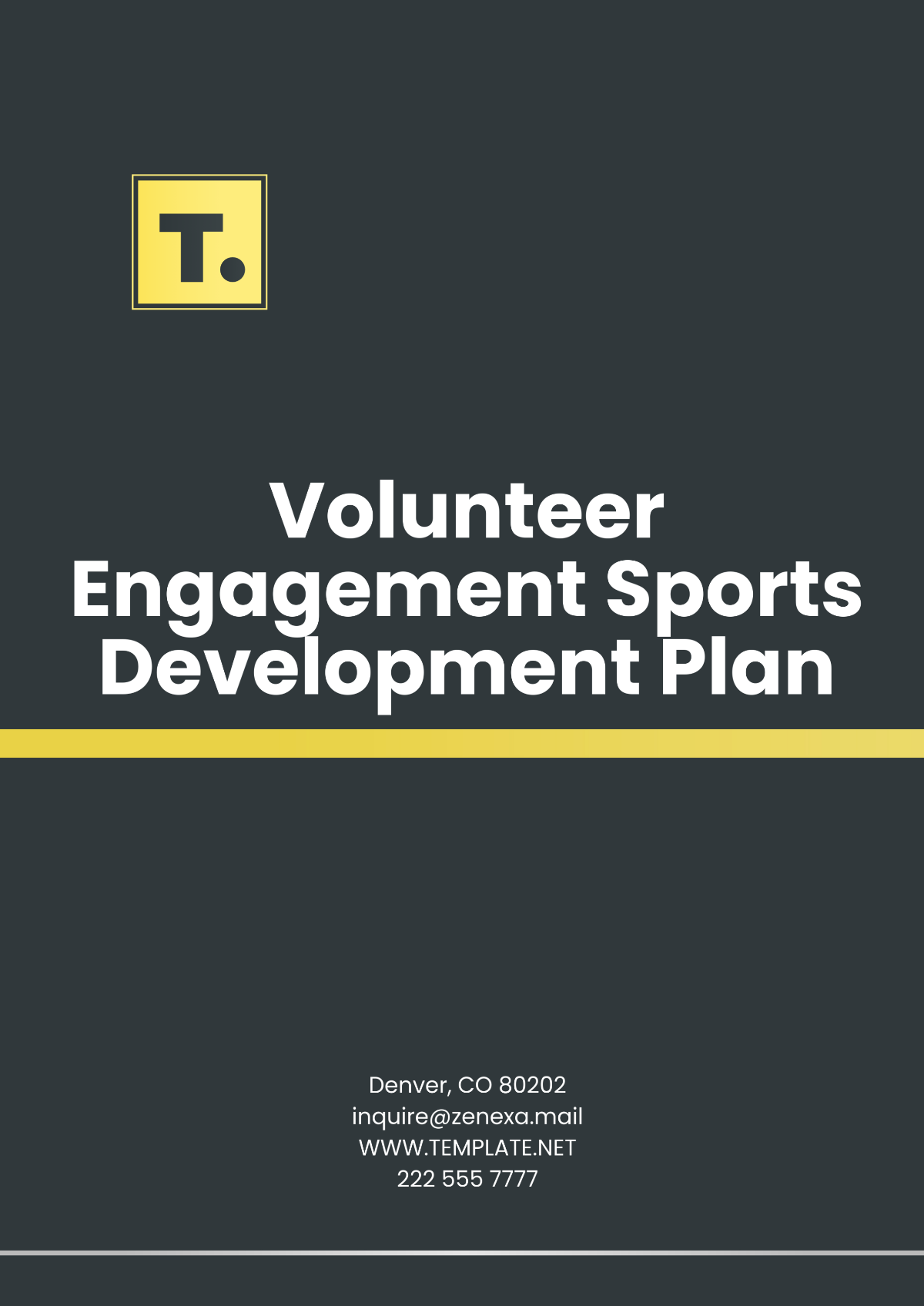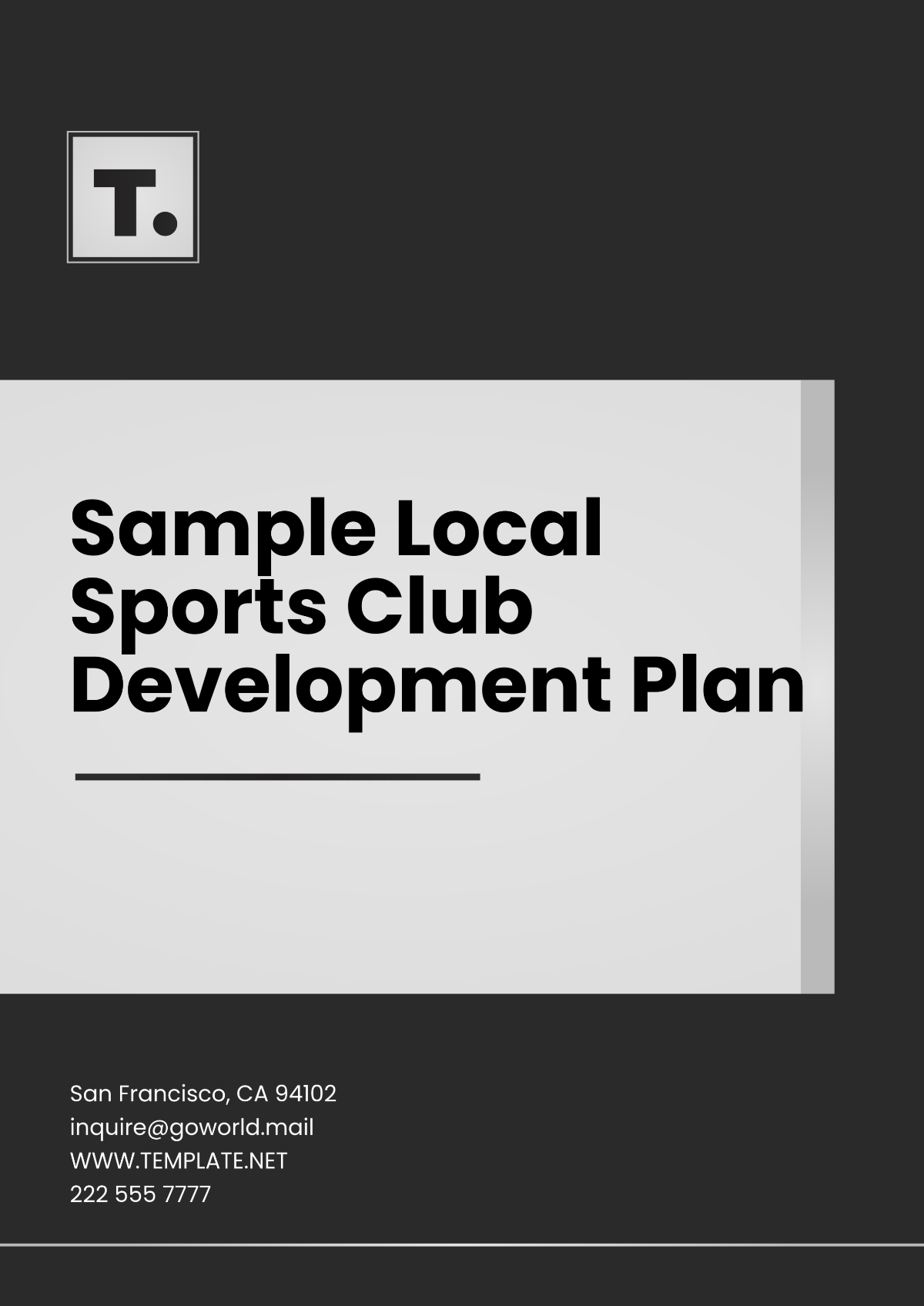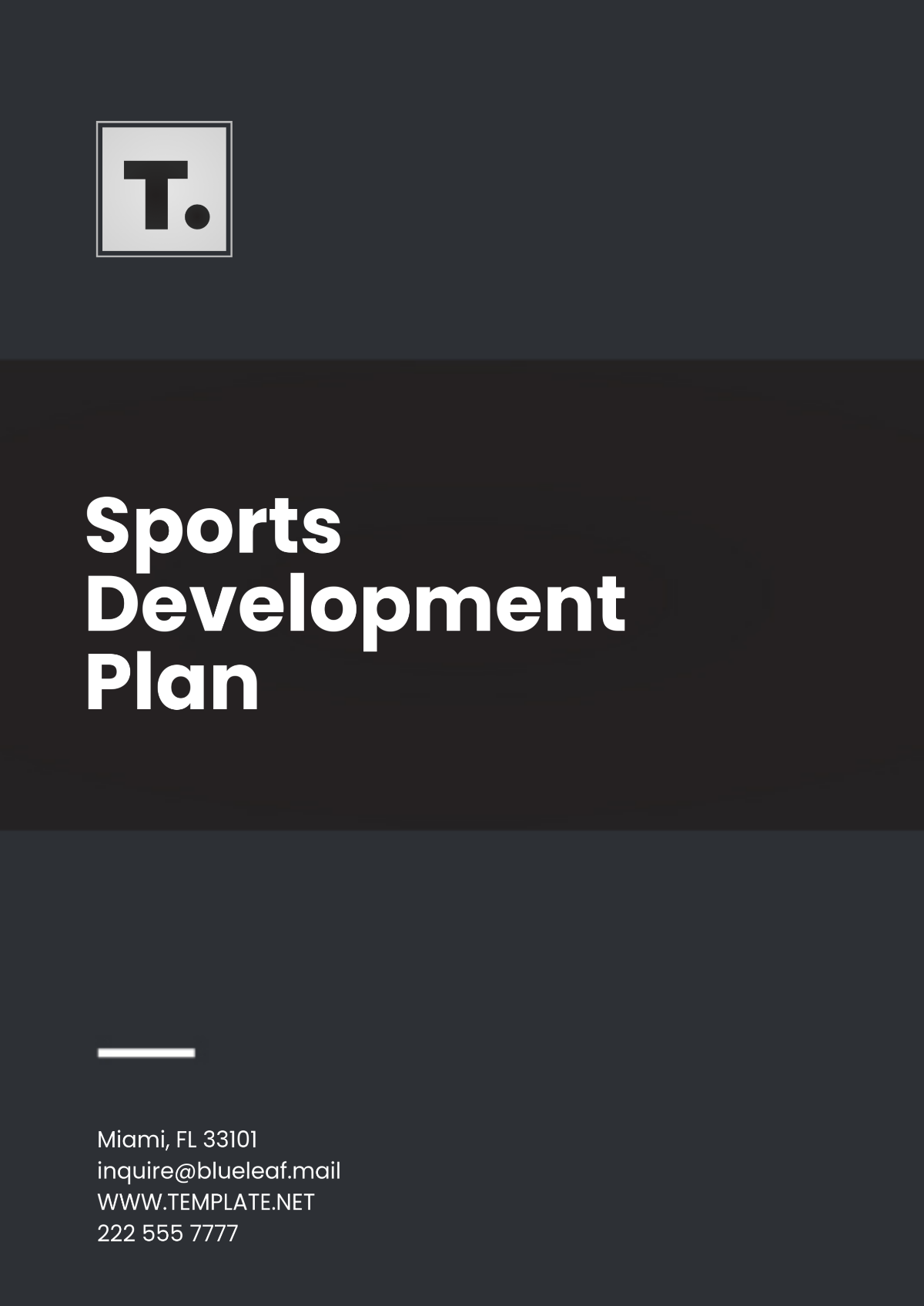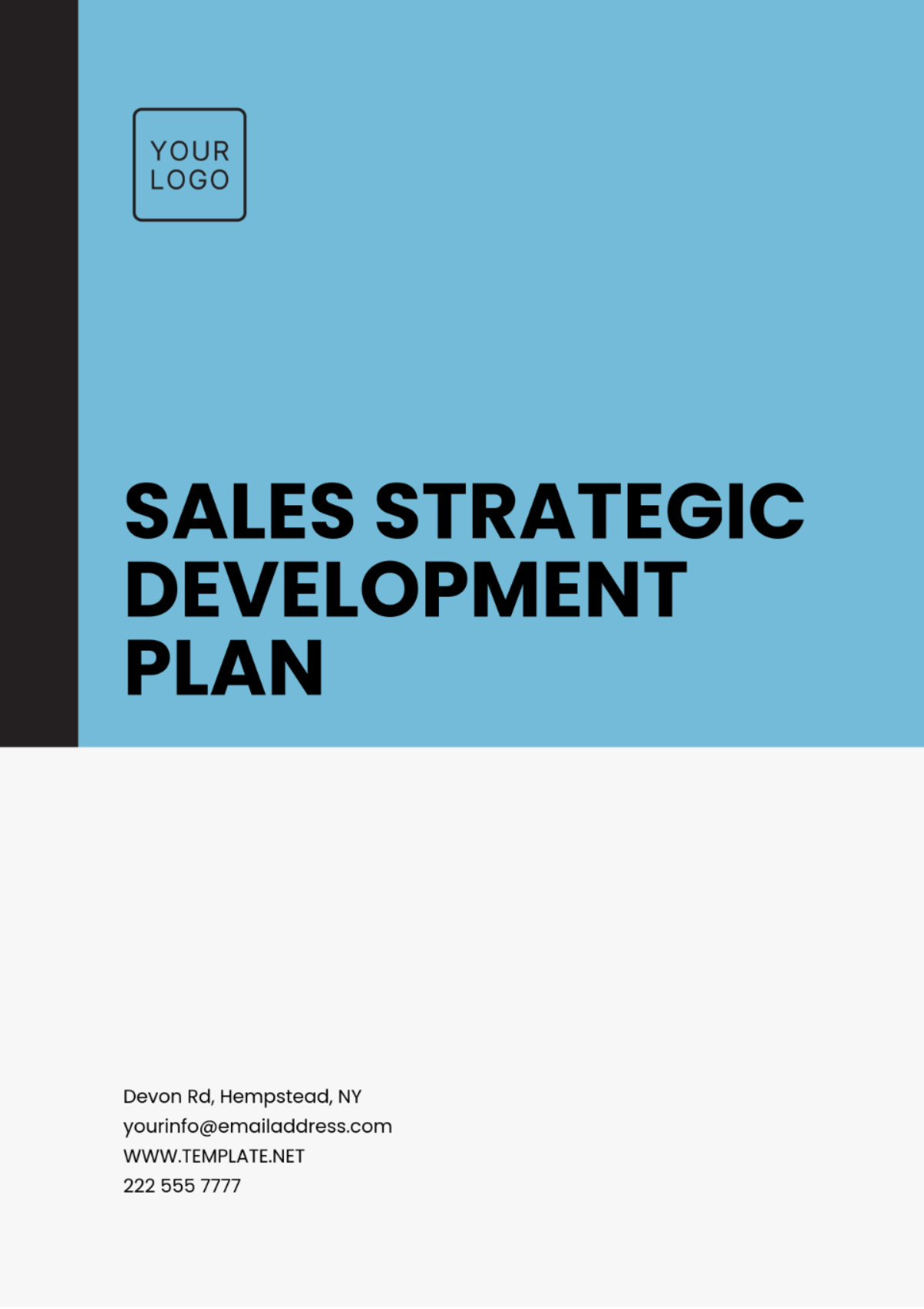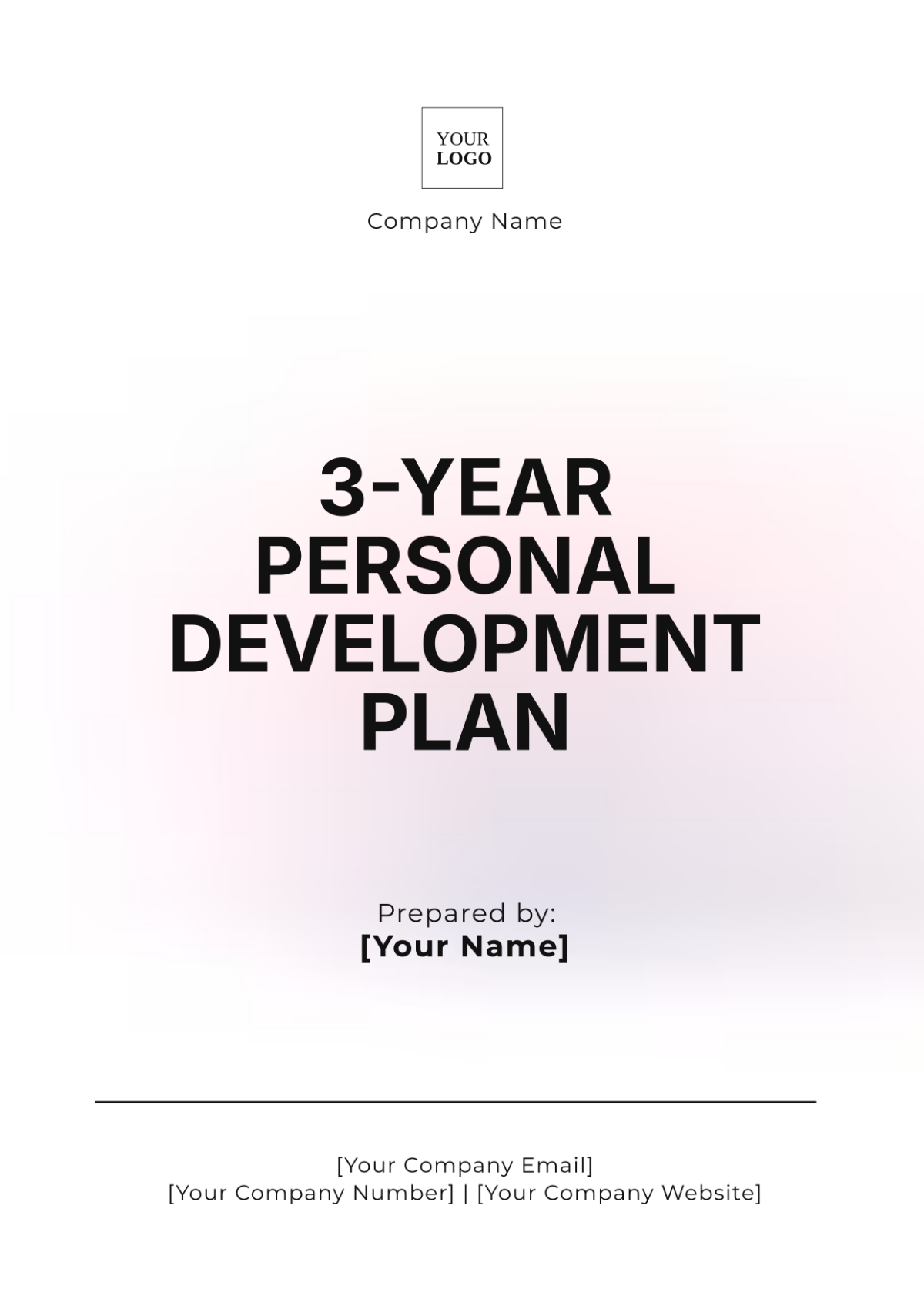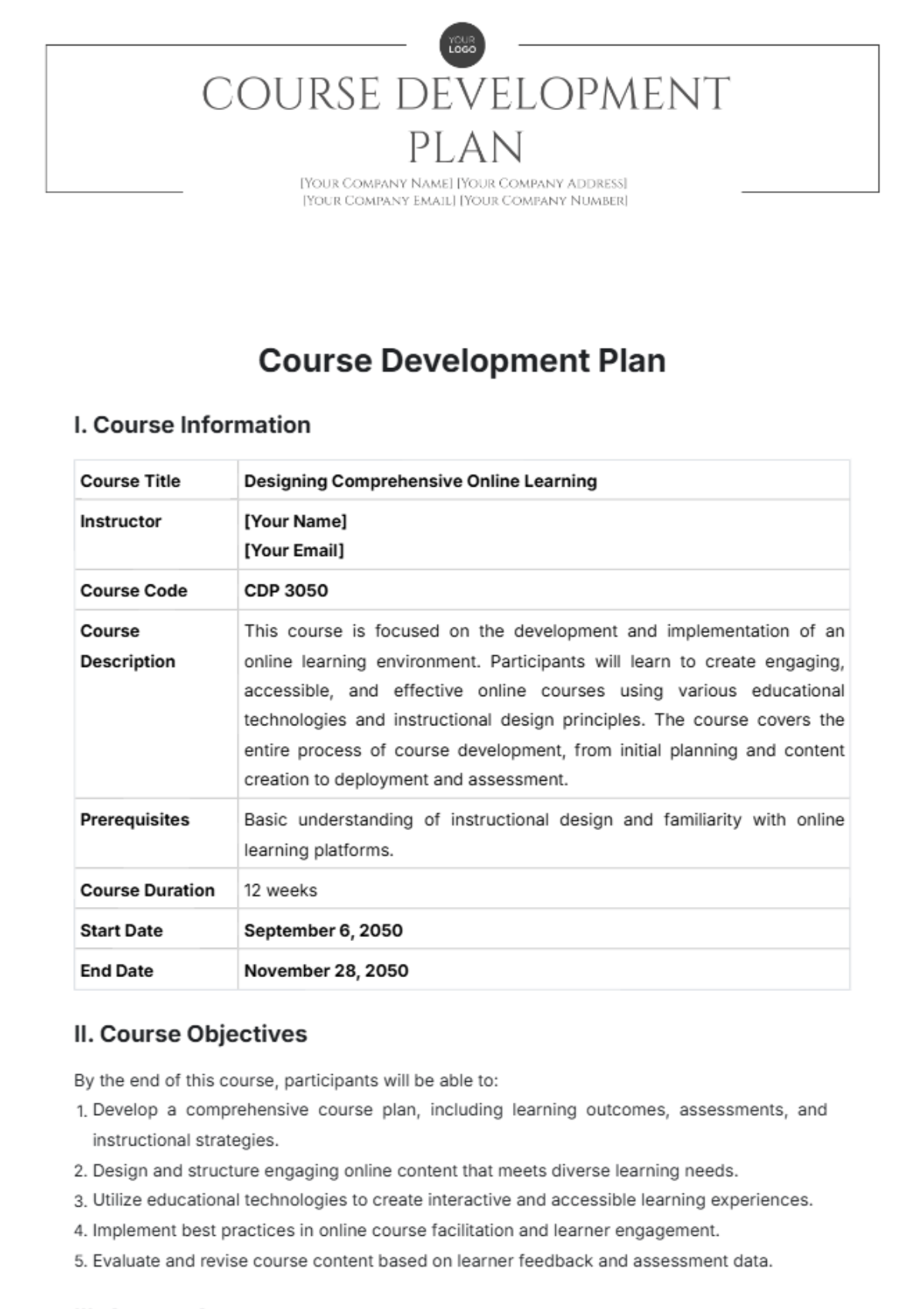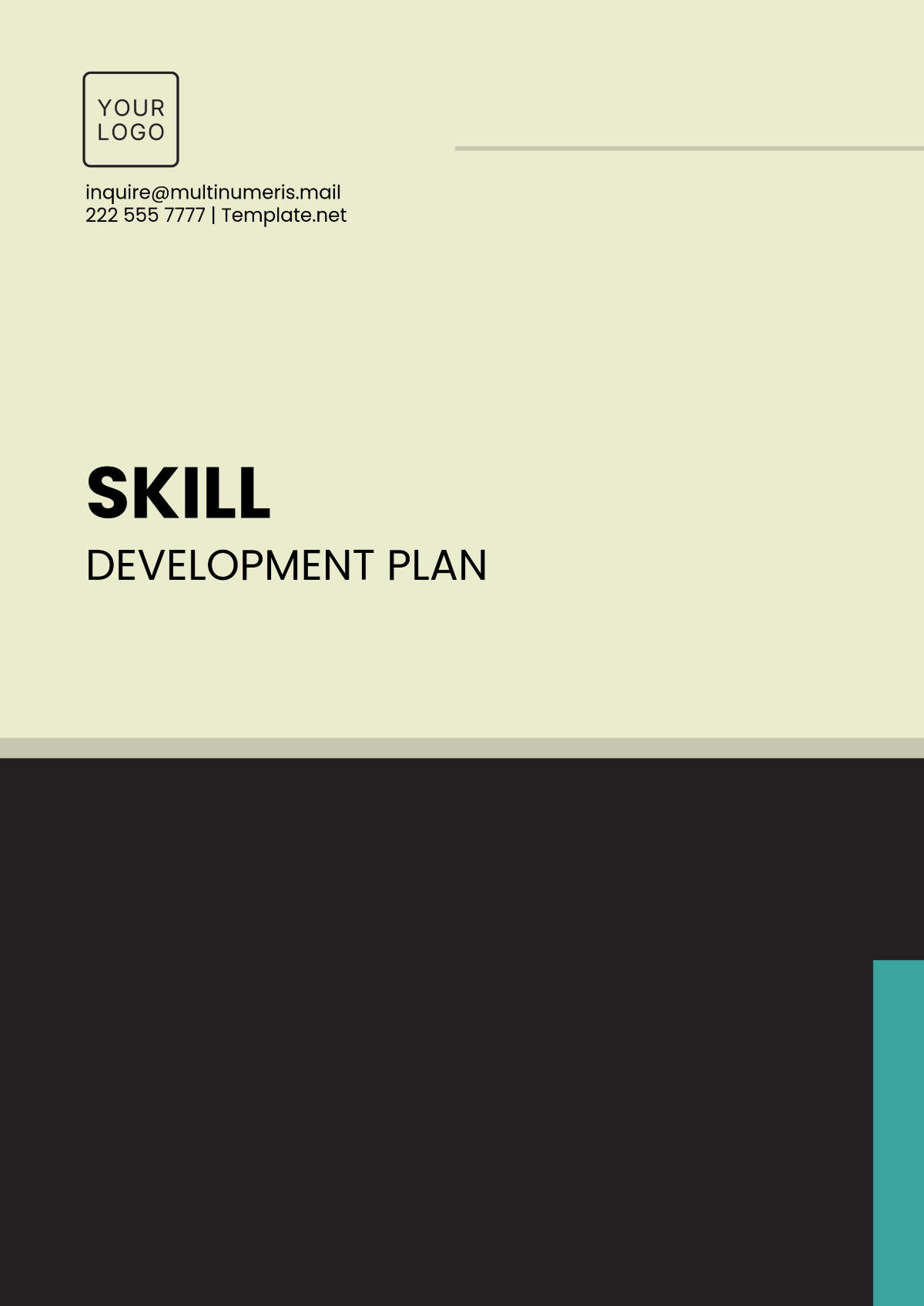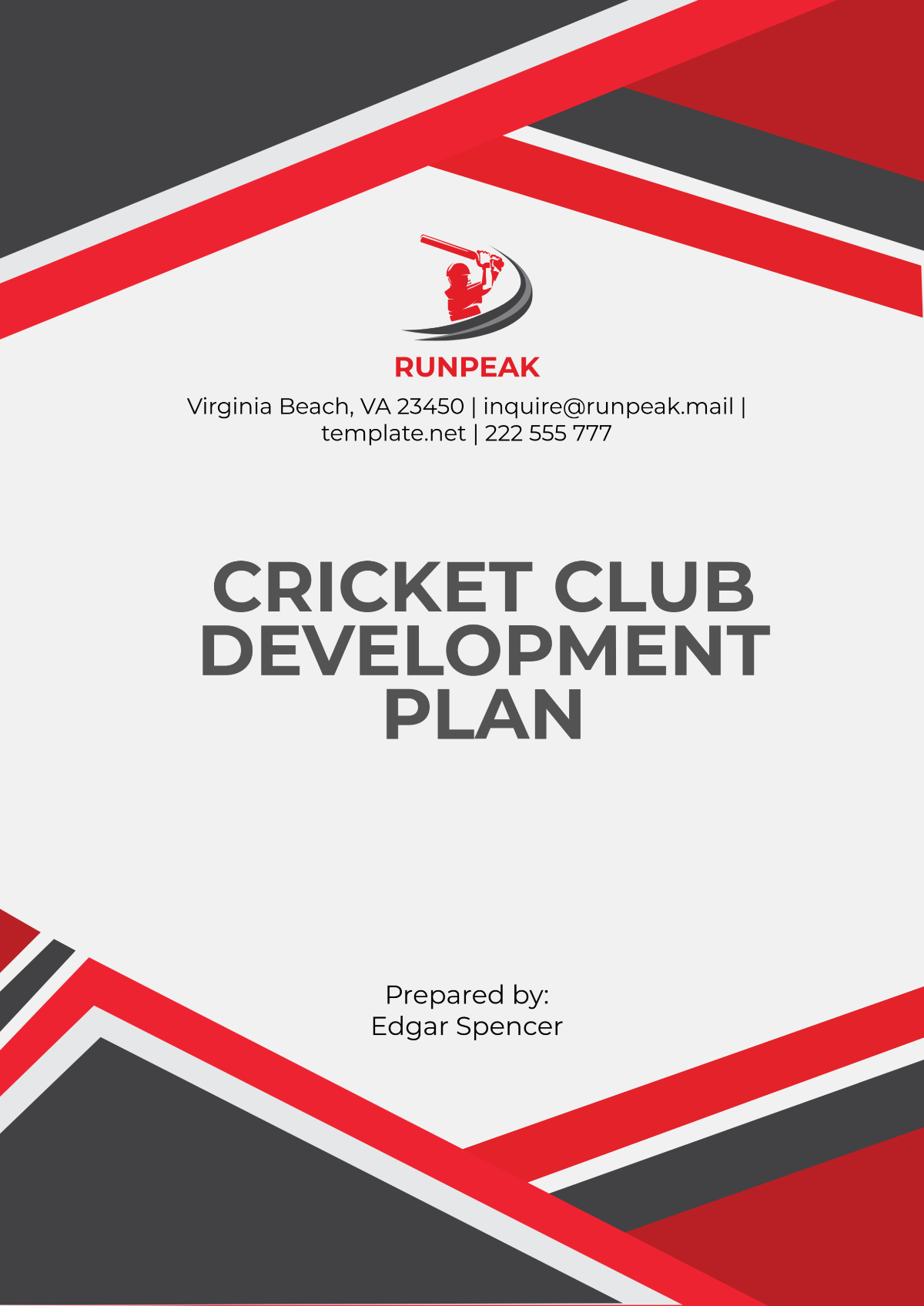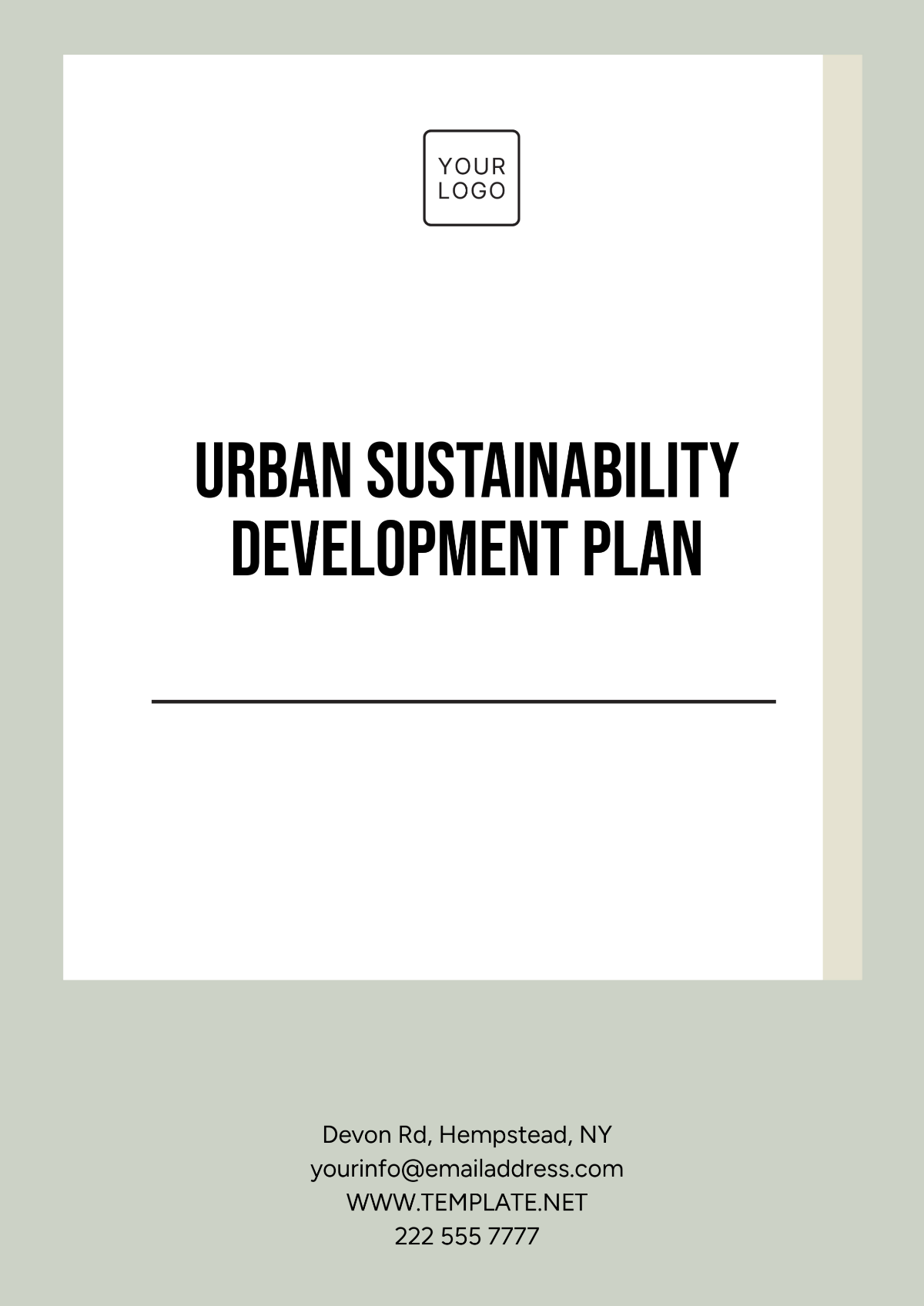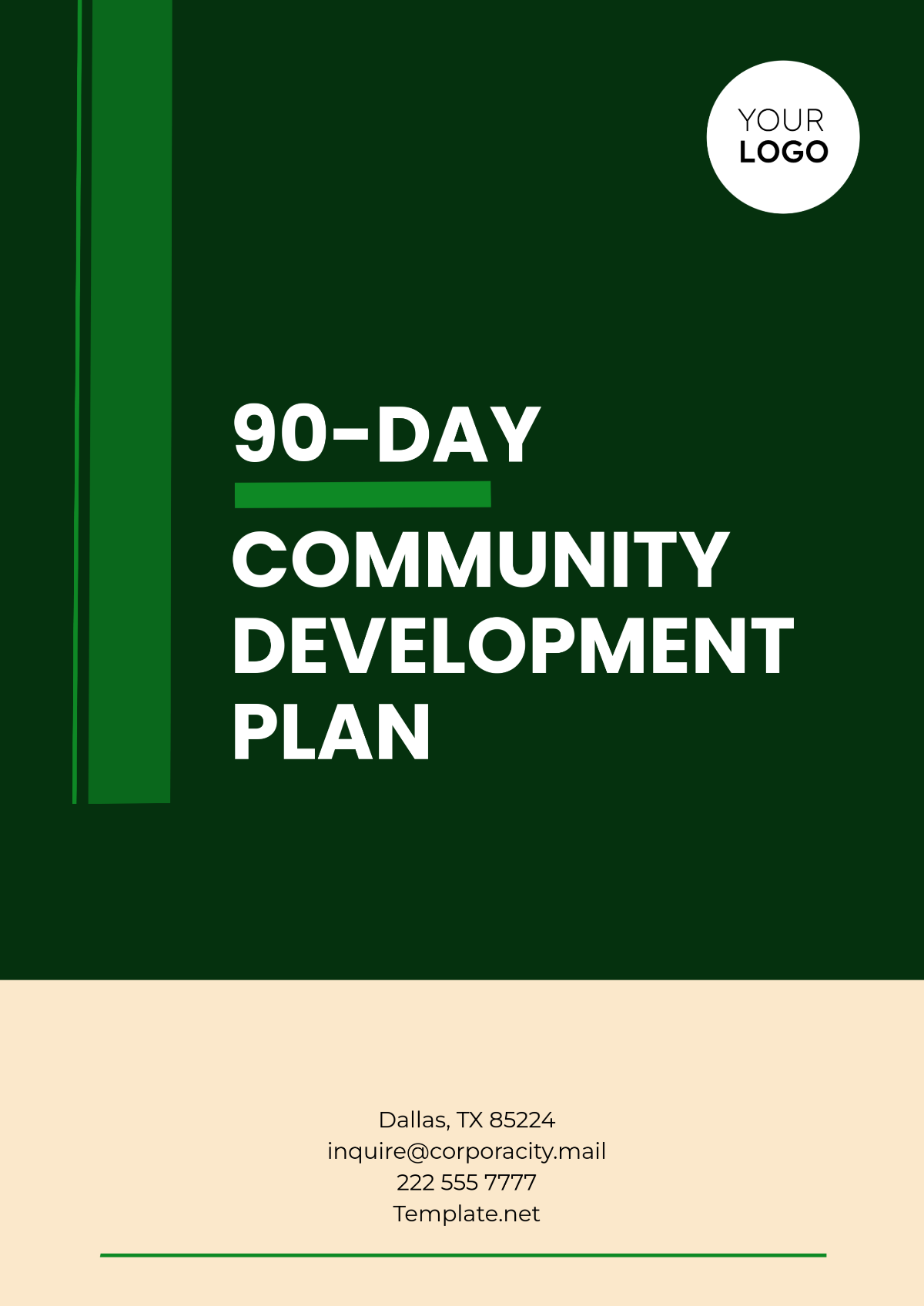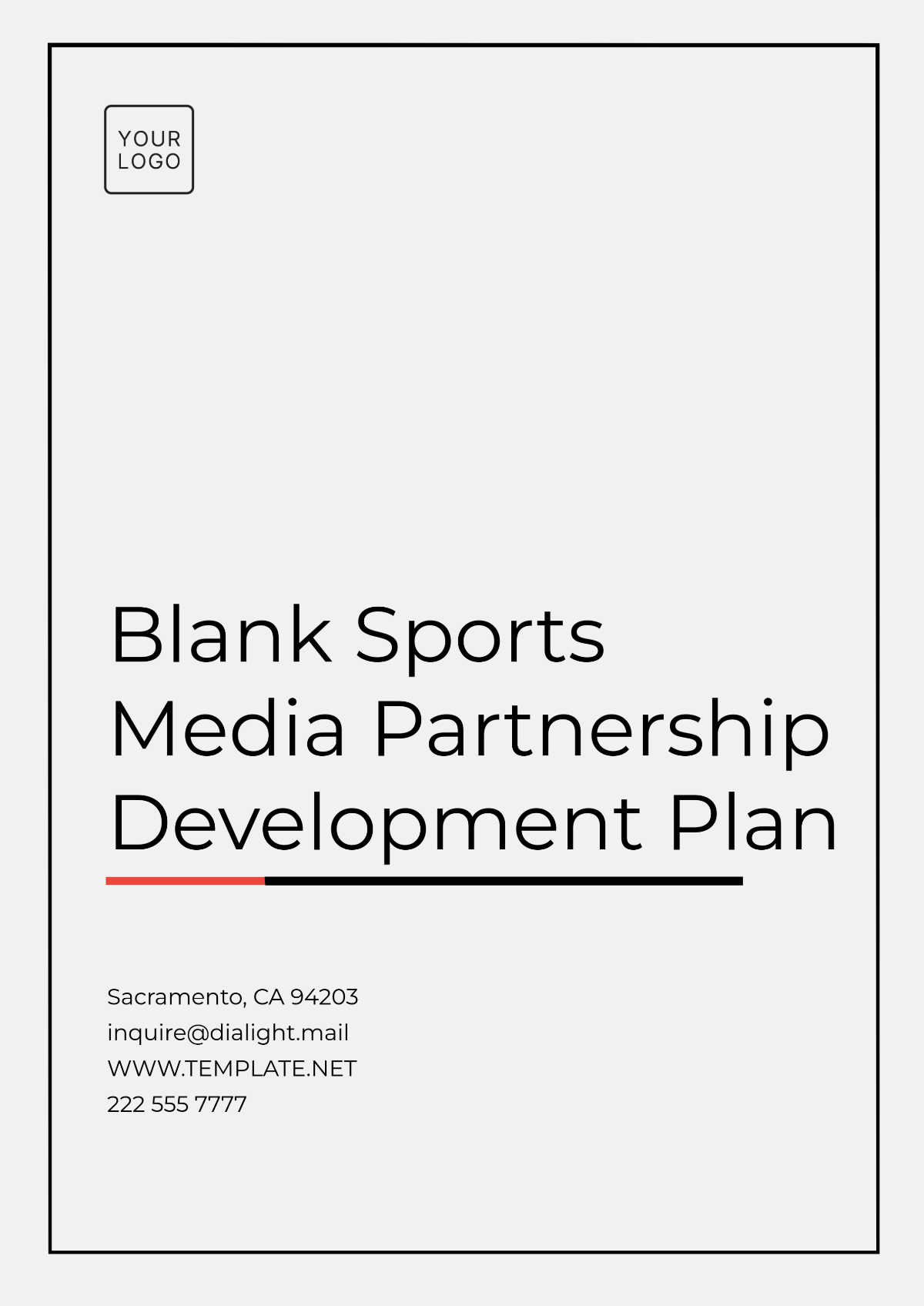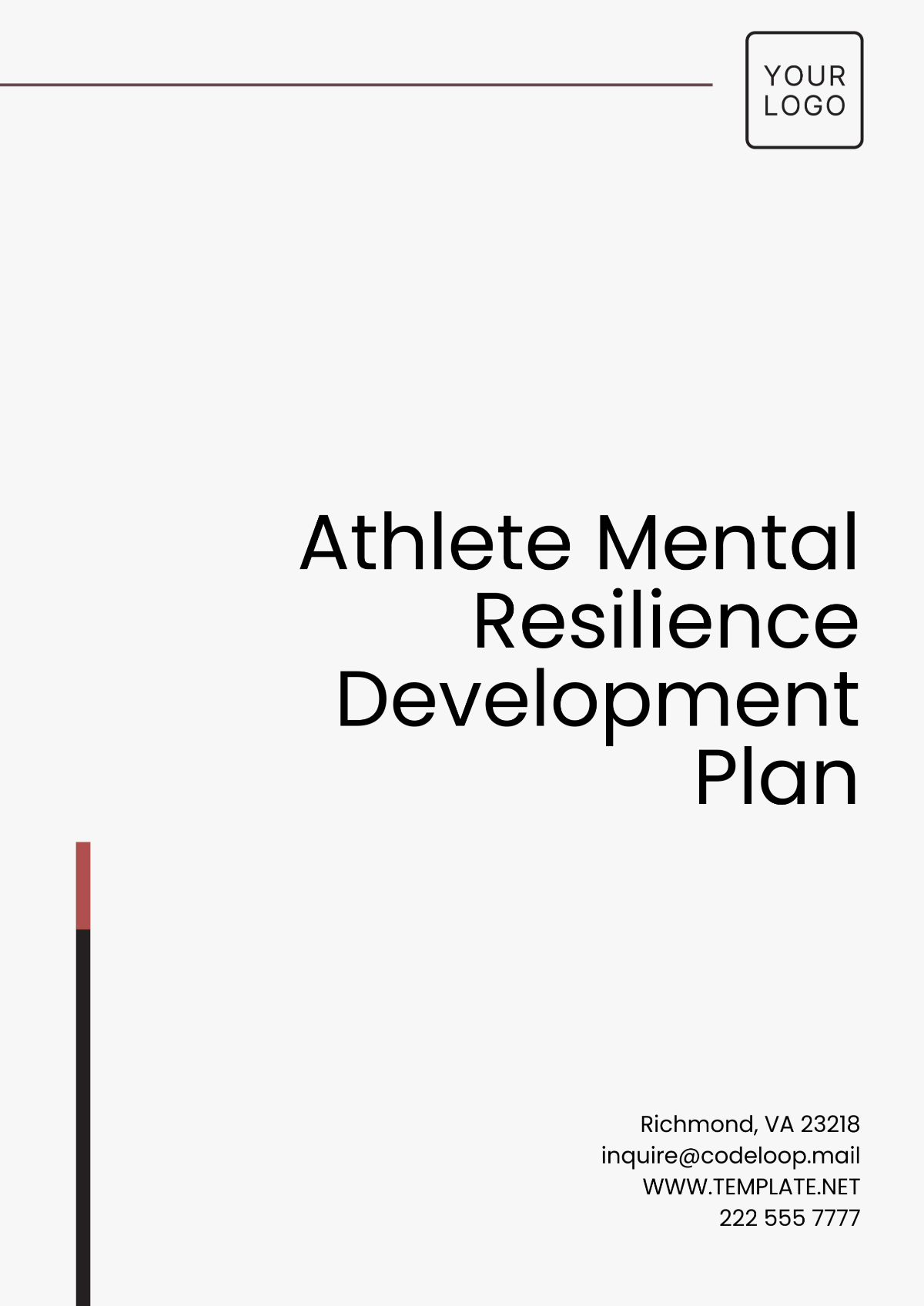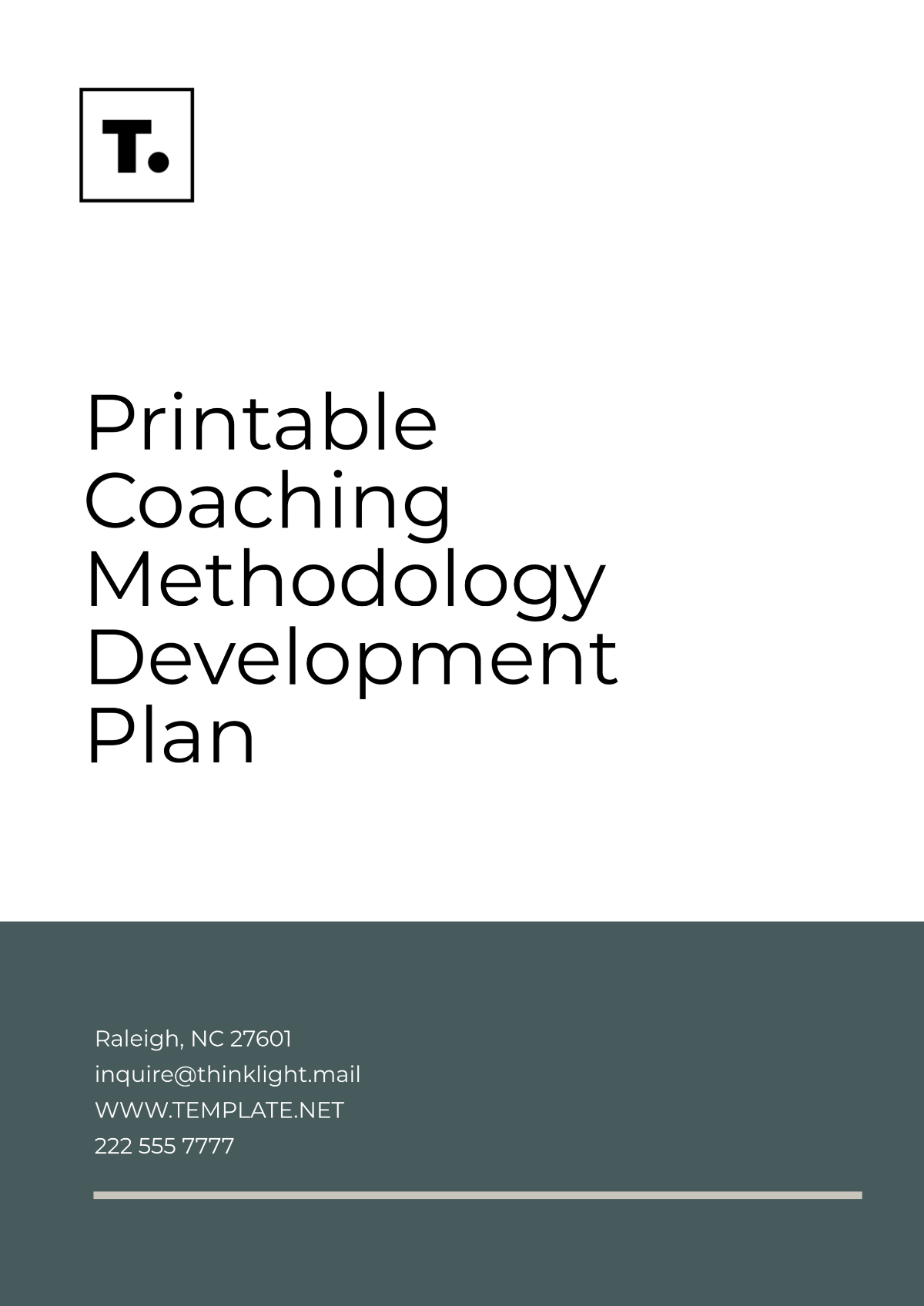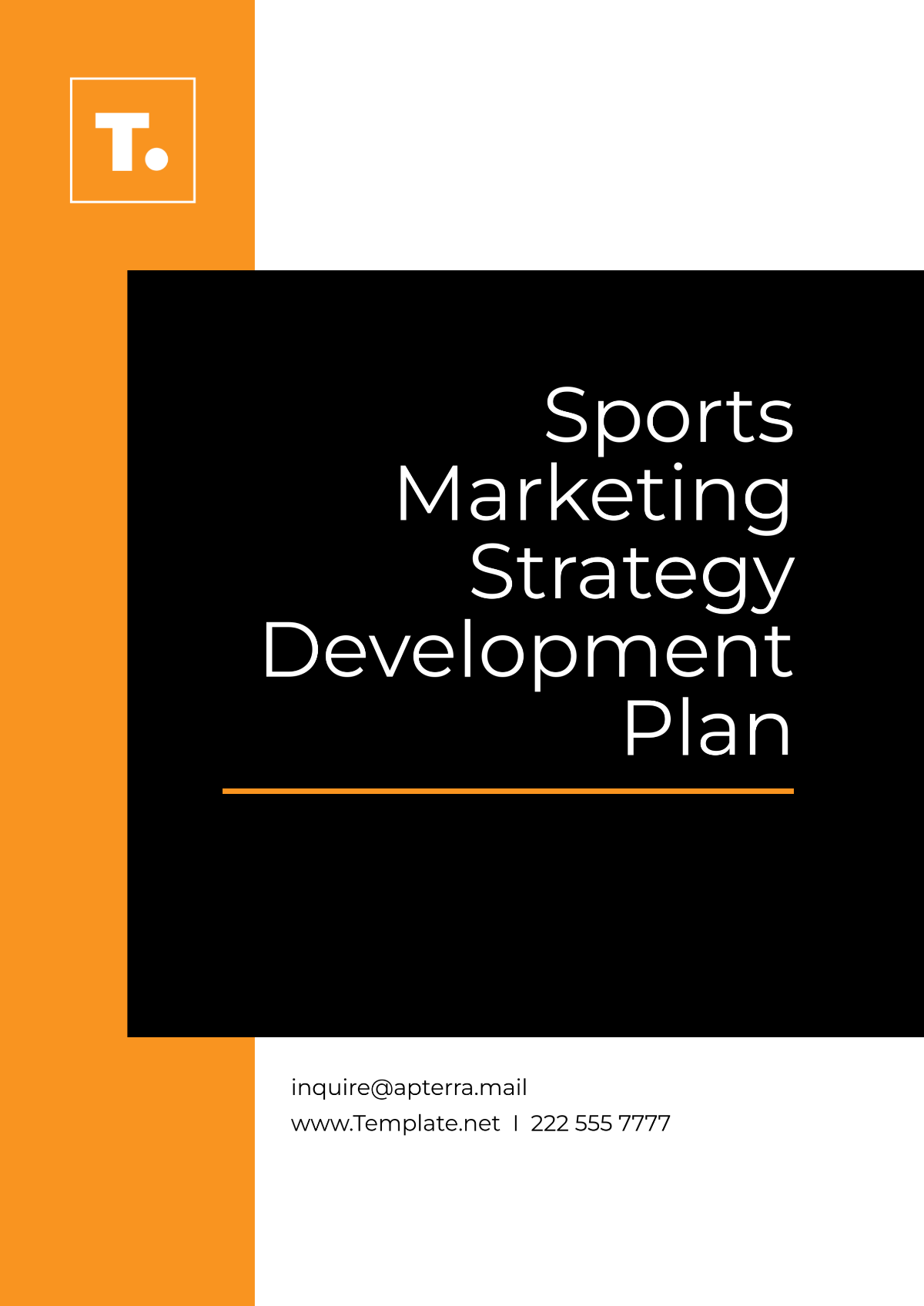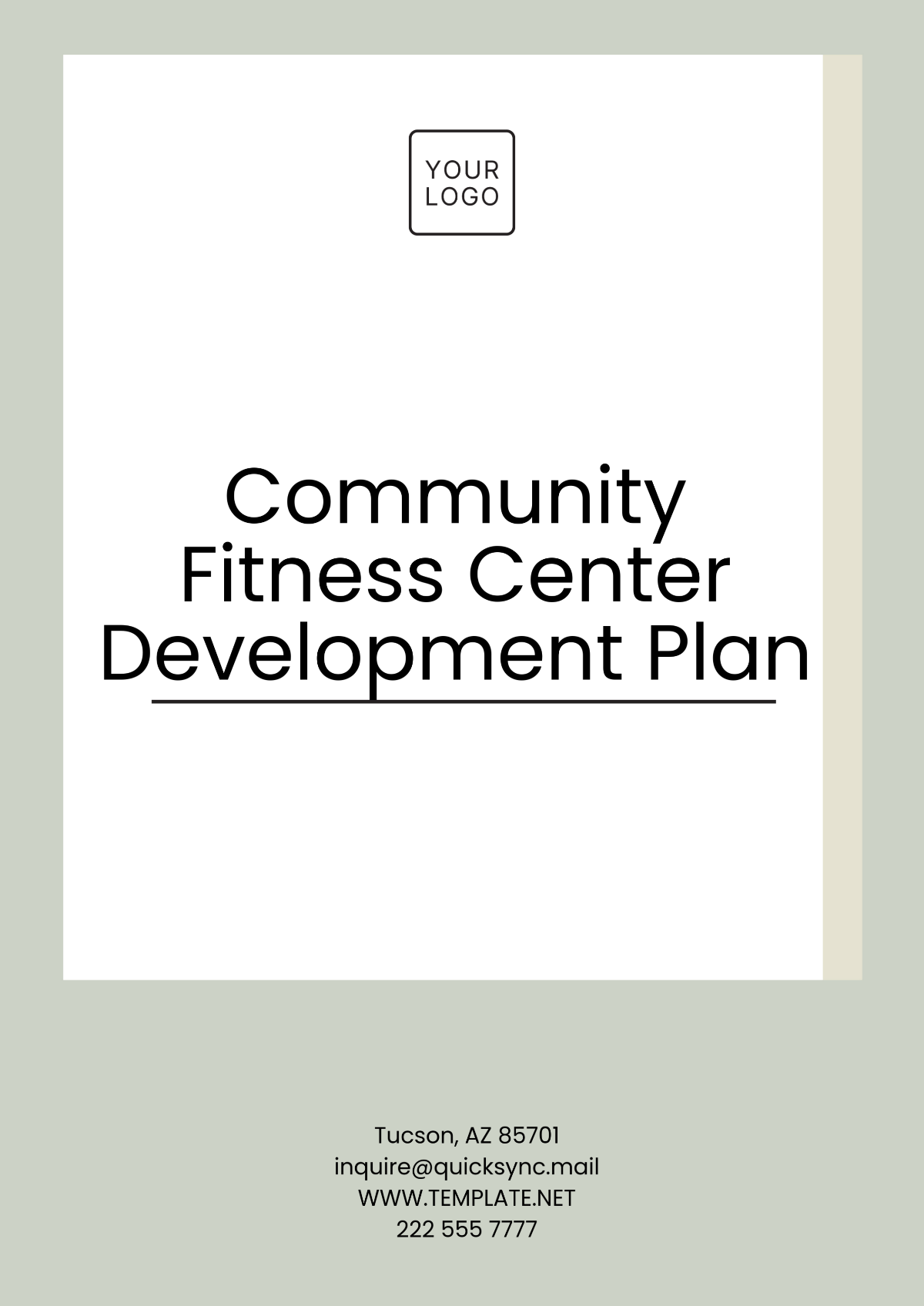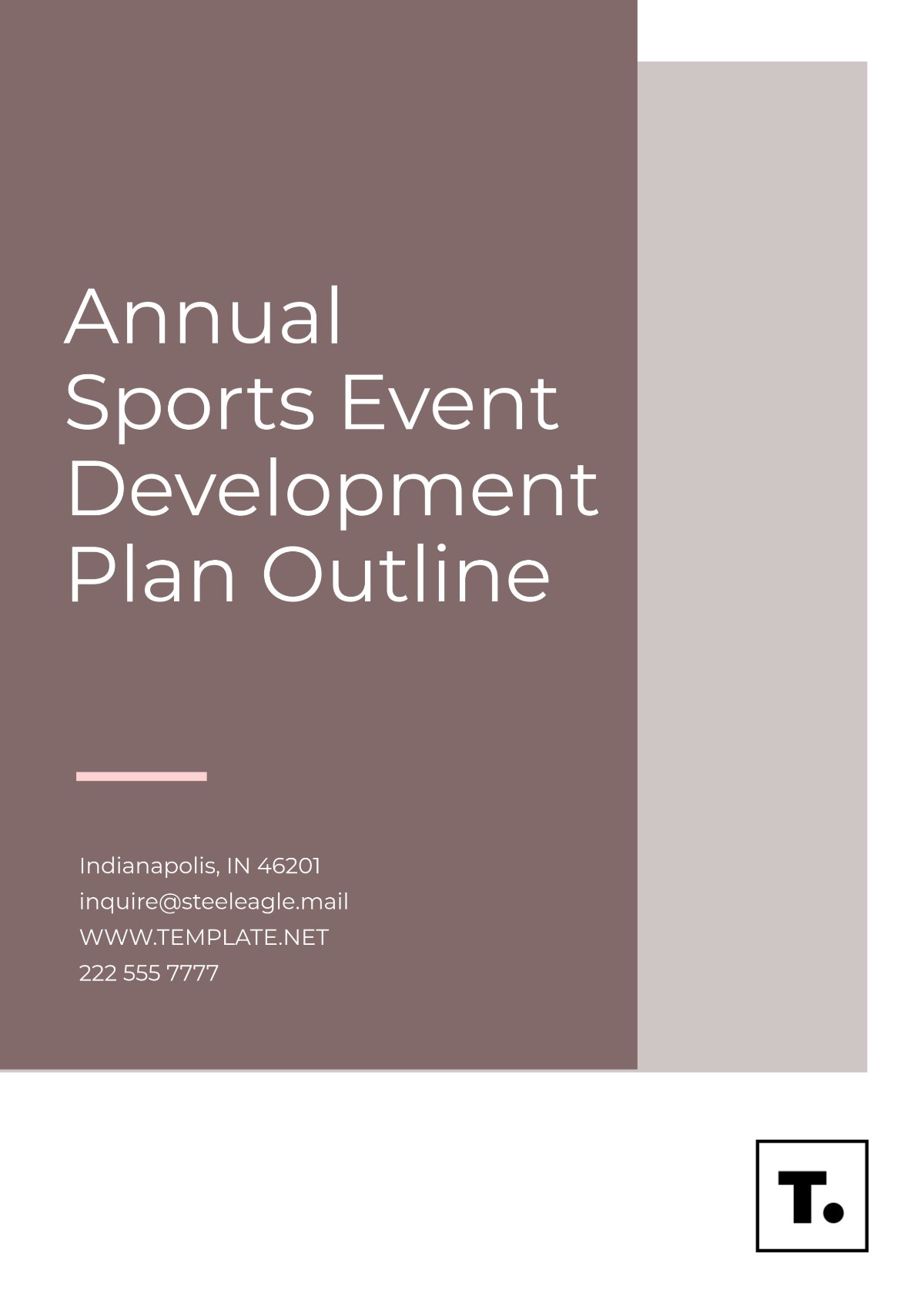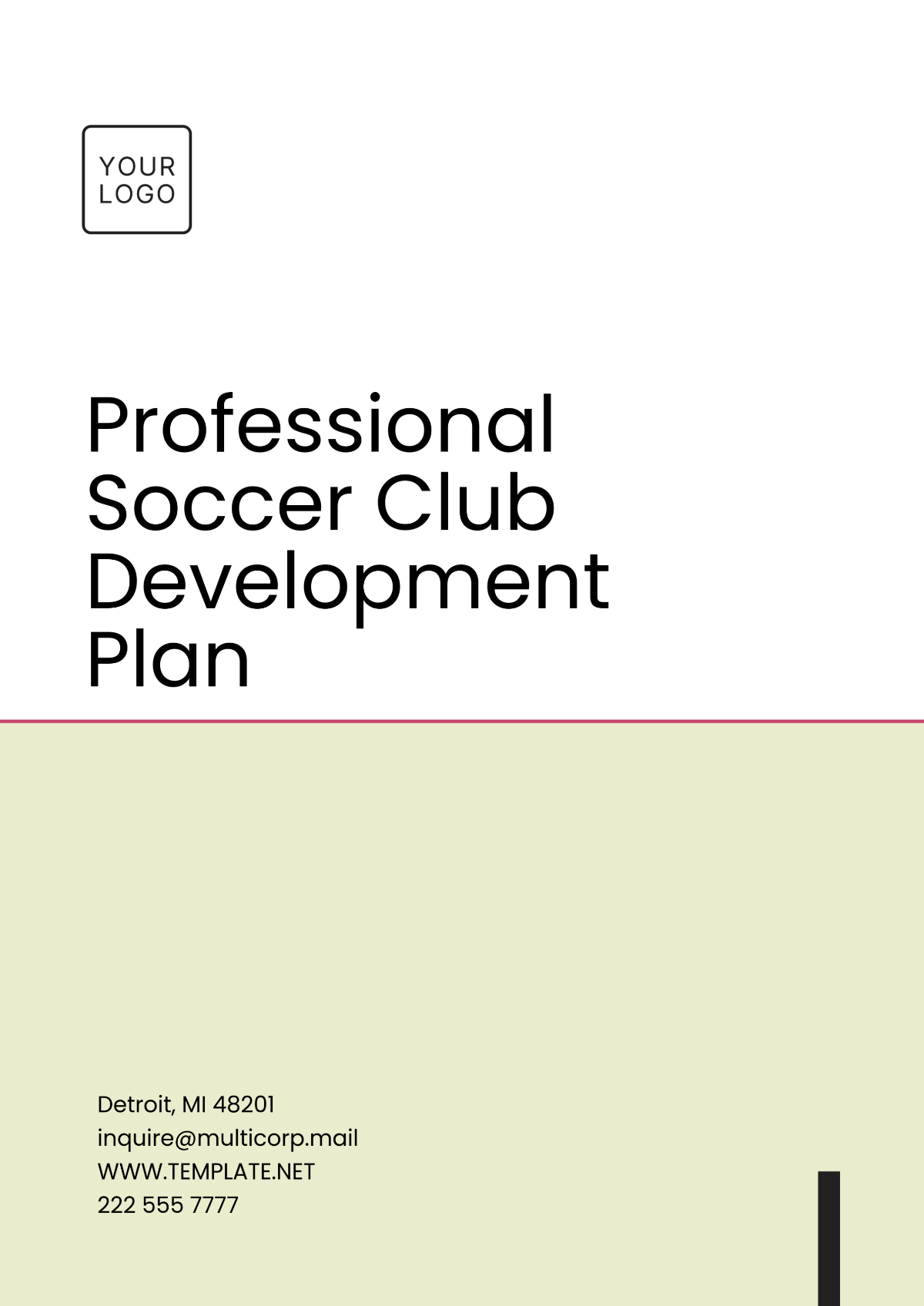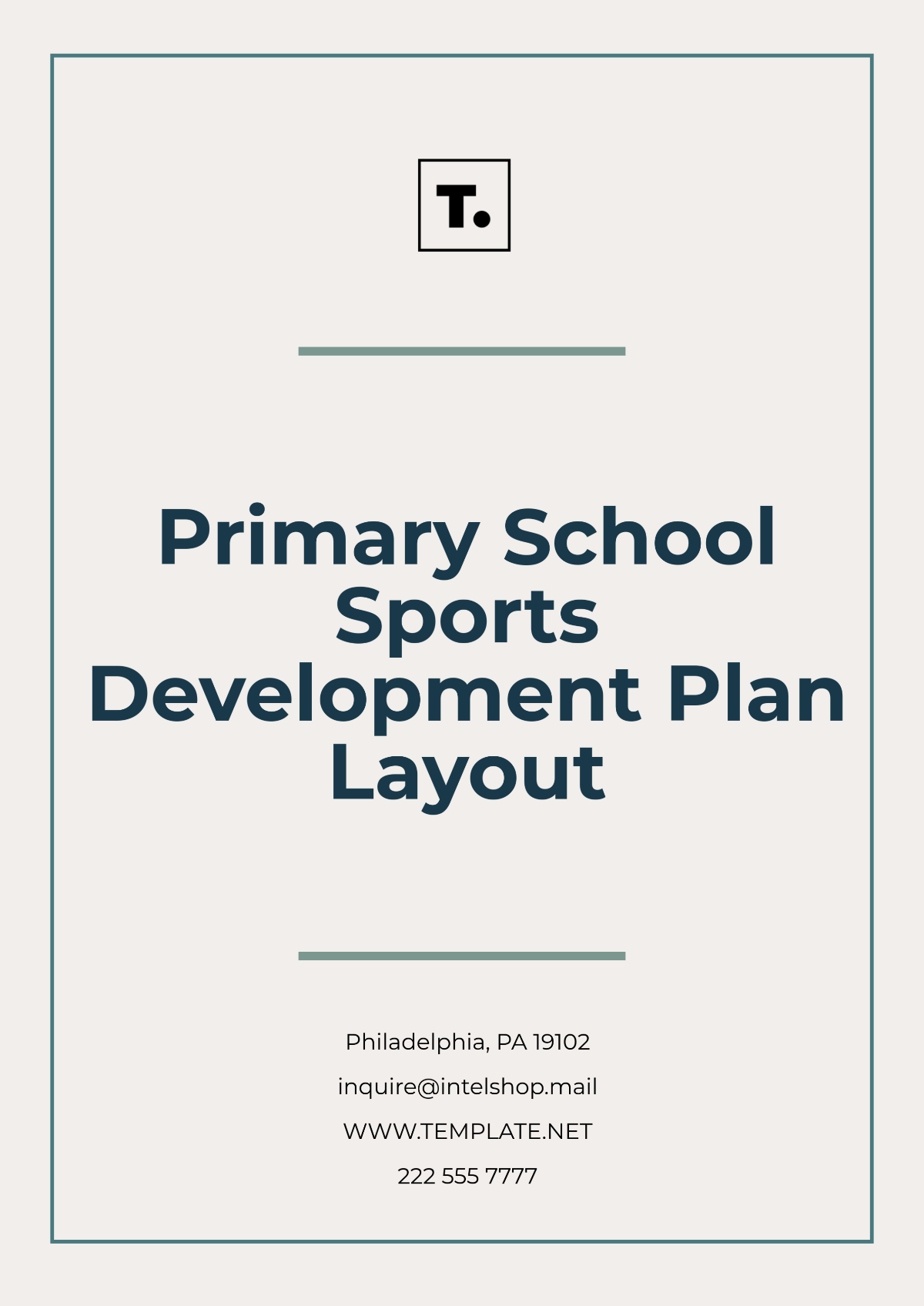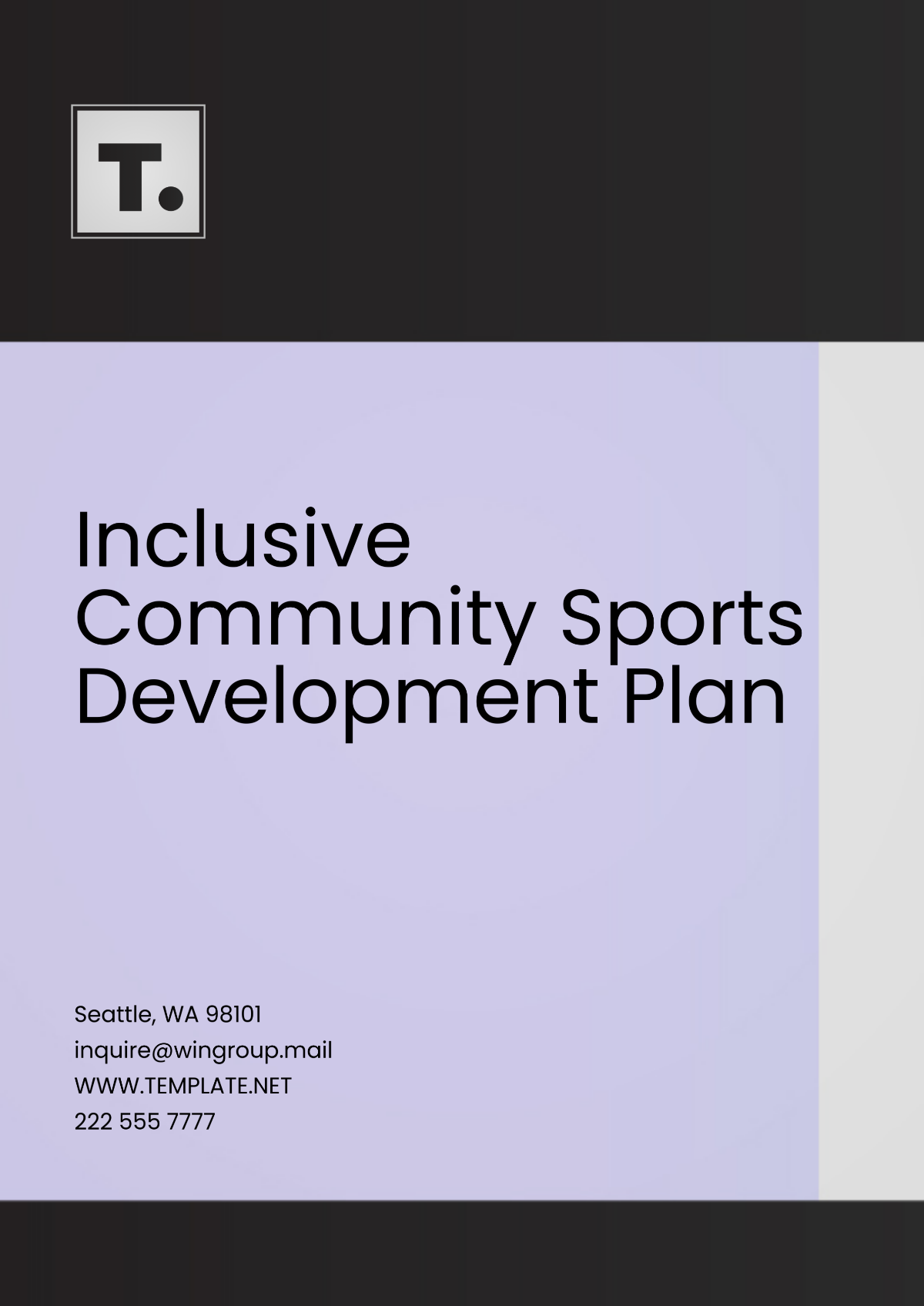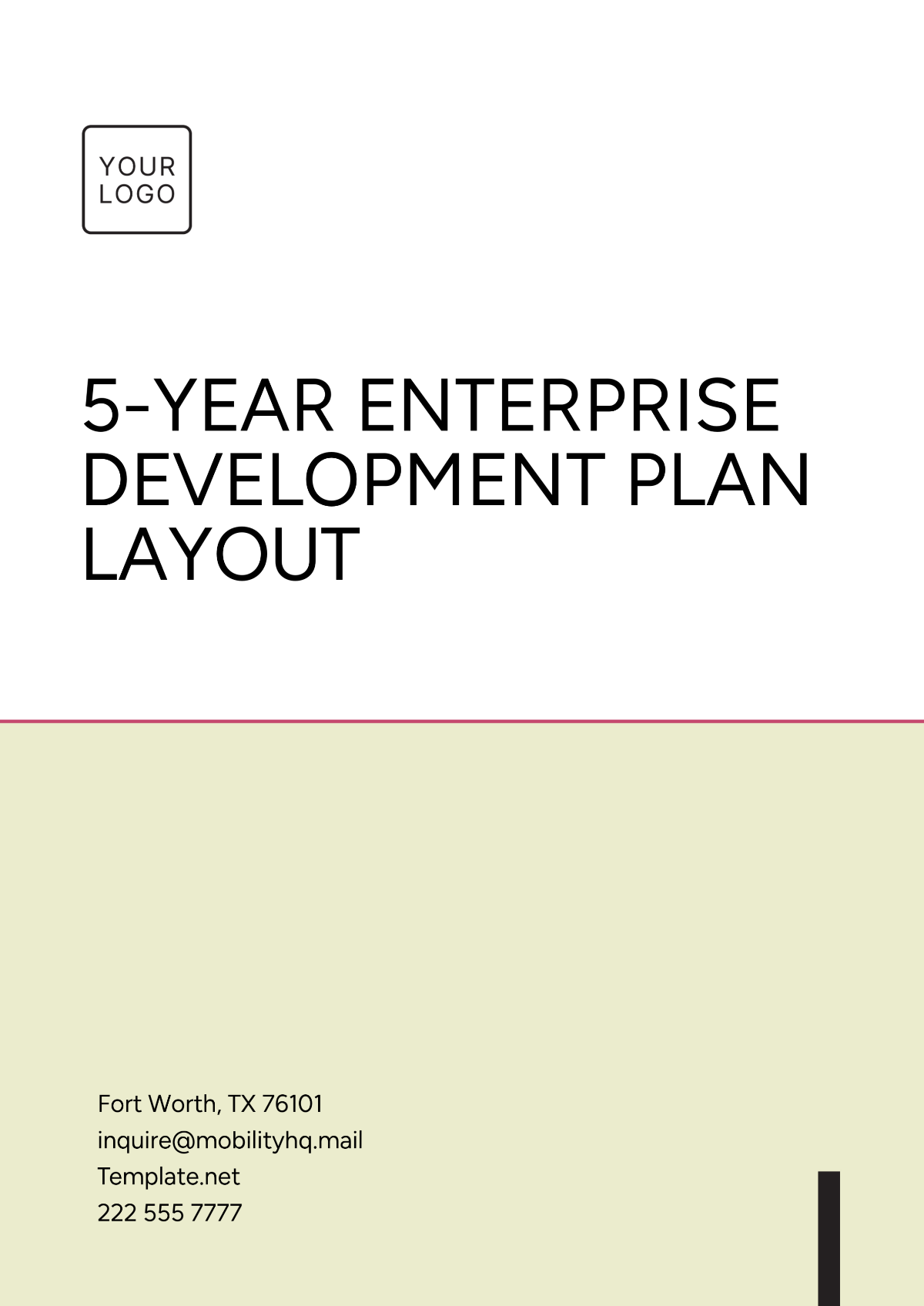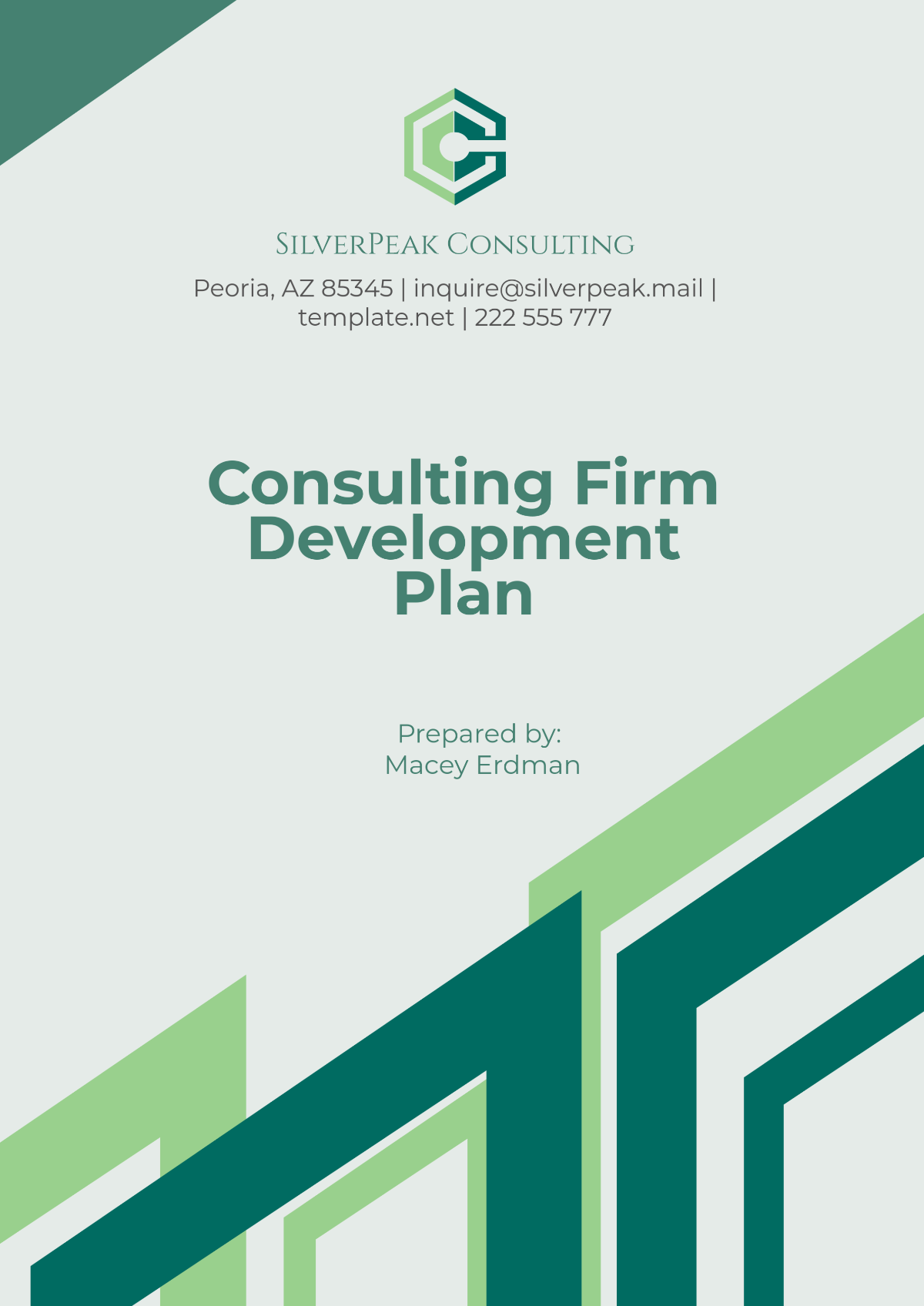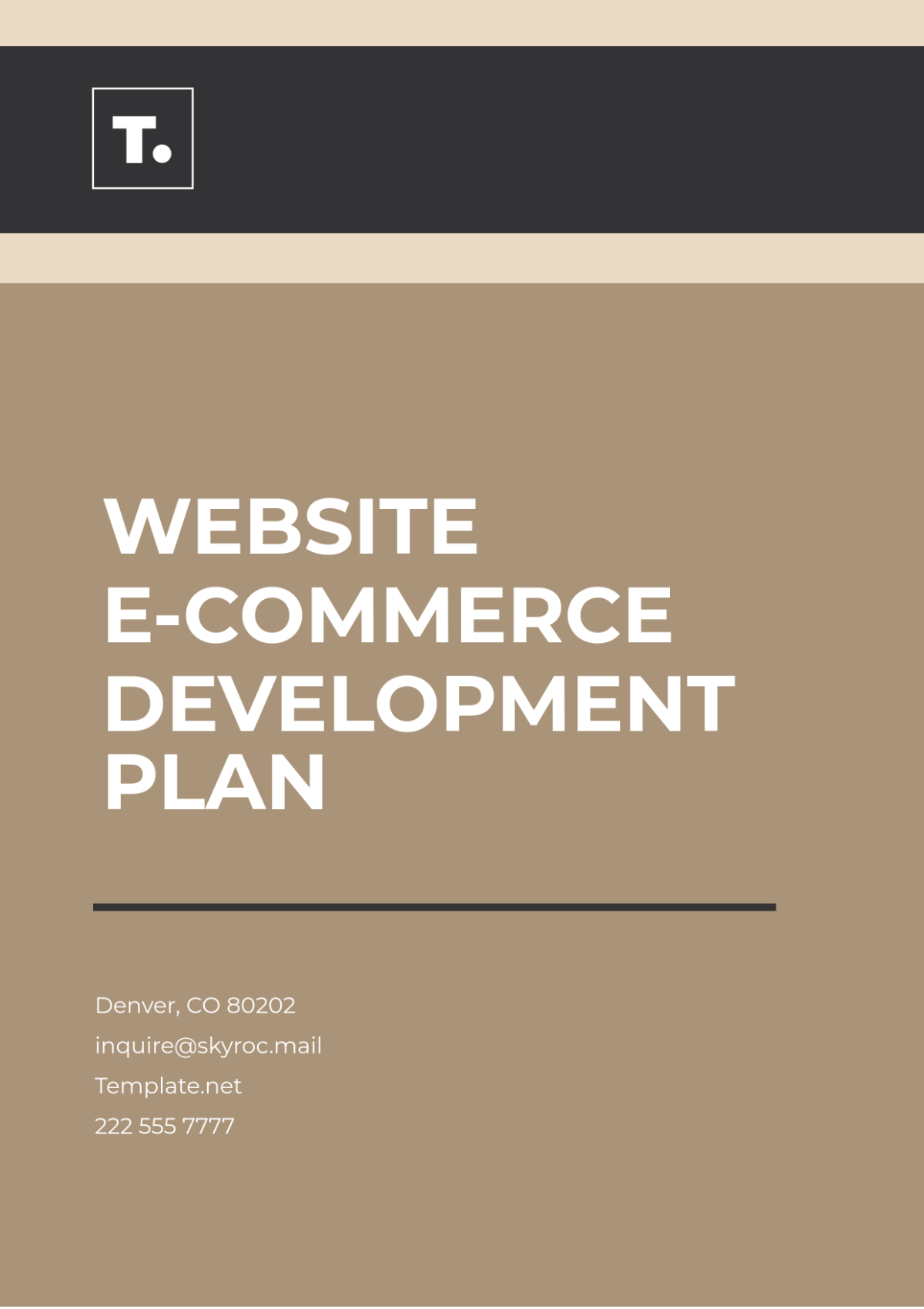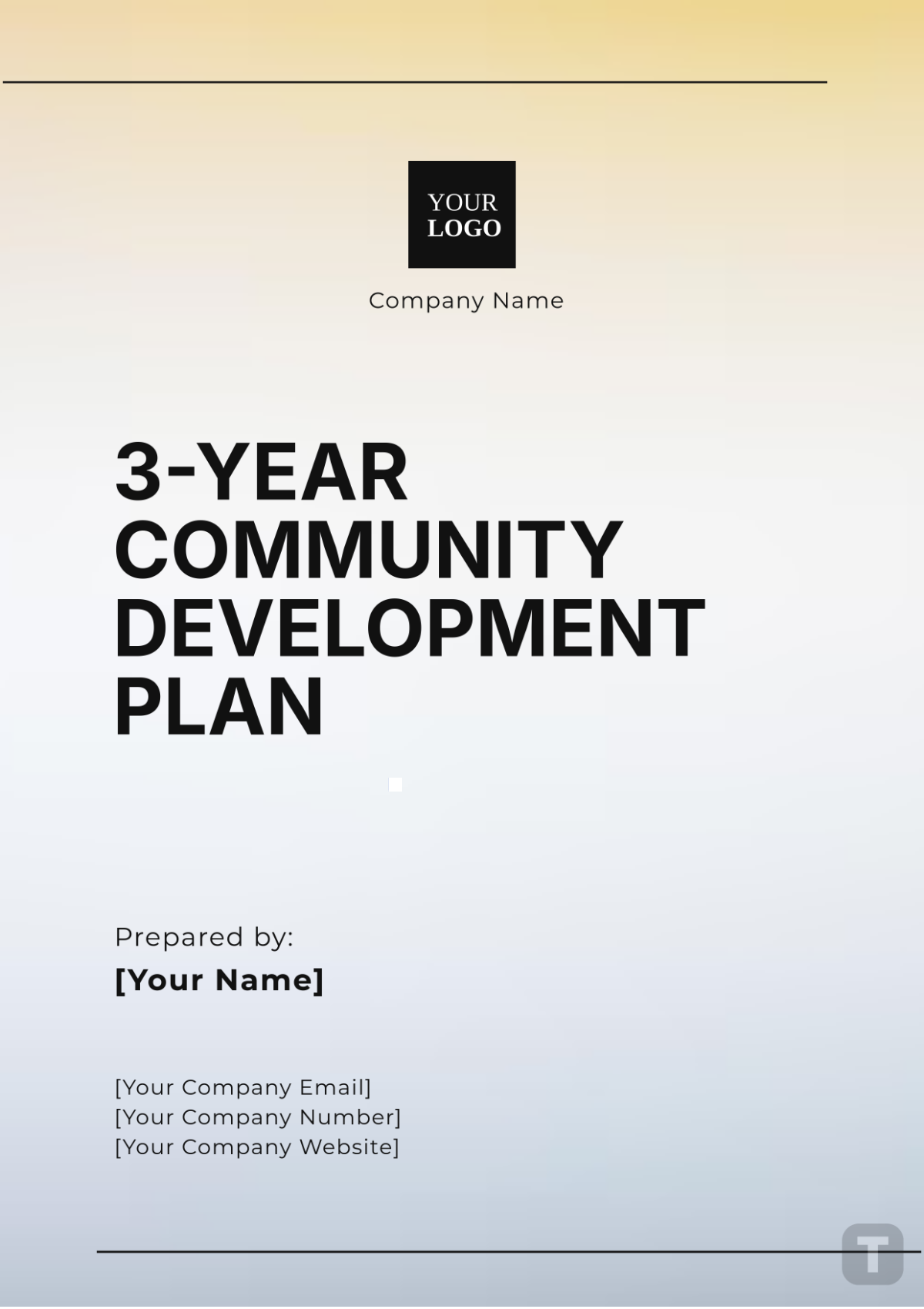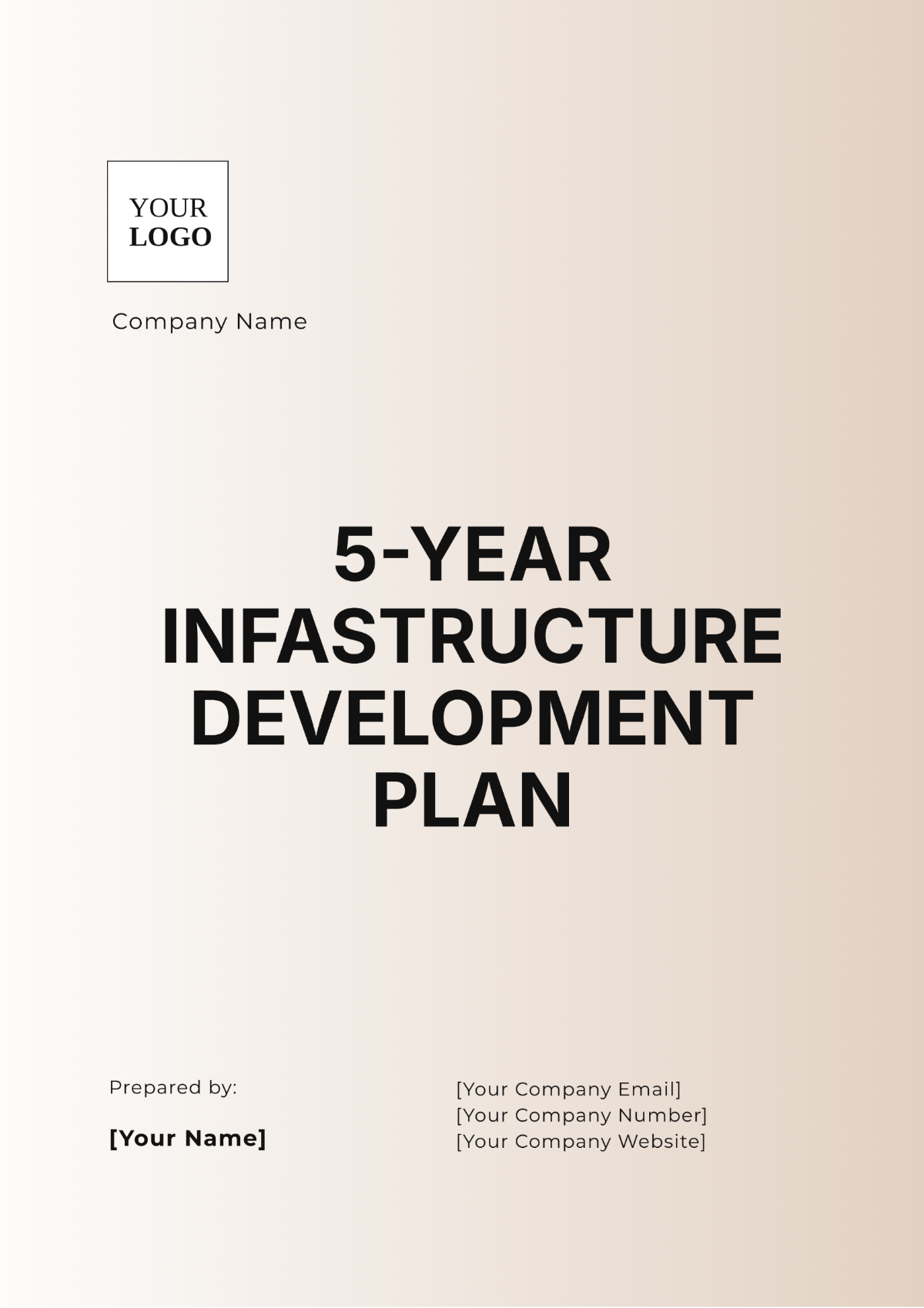PROJECT DEVELOPMENT PLAN
Department : | [Your Department] |
Date : | [Current Date] |
I. Project Scope and Objectives
The [Your Company Name], committed to environmental conservation, seeks to broaden its impact through an ambitious Project Development Plan. This plan endeavors to identify, assess, and implement projects that not only align with the organization's core mission but also resonate with pressing environmental challenges. By extending its outreach programs, the organization aims to cultivate a deeper engagement with communities, instill environmental stewardship, and catalyze sustainable practices. Underpinning this initiative is the recognition of various facets of environmental conservation, from preserving biodiversity to advocating for renewable energy adoption, waste reduction, and sustainable agricultural practices.
A. Environmental Landscape Analysis
The organization identifies key environmental issues like biodiversity loss, pollution, and habitat degradation through thorough research, allowing it to focus its interventions effectively where they're most crucial.
B. Project Objectives and Goals
Well-defined project objectives steer an organization's efforts towards achieving specific results, such as creating wildlife corridors, advancing renewable energy, or supporting sustainable agriculture, guiding all actions toward these goals.
C.Targeted Communities and Stakeholders
The project, acknowledging the link between environmental issues and human communities, engages a broad spectrum of stakeholders—local communities, indigenous groups, governments, and industries—to promote collective ownership and collaborative efforts in environmental conservation.
II. Project Timeline and Milestones
Phase | Timeline | Activities |
|---|---|---|
Project Initiation Phase | Month 1-2 |
|
Project Planning Phase | Month 3-4 |
|
Project Implementation Phase | Month 5-10 |
|
Project Evaluation and Reporting Phase | Month 11-12 |
|
III. Resource Allocation and Management
Efficient allocation and management of resources are essential for the successful execution of the Project Development Plan. This involves not only identifying the necessary human, financial, and material resources but also ensuring their optimal utilization throughout the project lifecycle.
A. Human Resource Planning
Identifying the right individuals with the requisite skills and passion for environmental conservation ensures that the project team is well-equipped to tackle challenges head-on. By fostering a diverse and inclusive team culture, the organization harnesses the collective expertise and creativity of its members.
B. Financial Resource Planning
A meticulously crafted budget serves as a roadmap for financial stewardship, guiding the allocation of funds towards priority areas. By diversifying funding sources and maintaining financial transparency, the organization fosters trust and accountability among donors and stakeholders.
C. Material Resource Planning
From scientific equipment for ecological surveys to educational materials for community workshops, procuring the necessary resources is essential for project success. By establishing efficient procurement processes and ensuring timely delivery, the organization maximizes the impact of its interventions on the ground.
IV. Risk Management Plan
The risk management plan serves as a proactive approach to anticipate, mitigate, and manage potential risks that may arise during project implementation. By identifying risks early on and implementing appropriate strategies, the organization can safeguard project objectives and ensure successful outcomes.
Risk Identification: By systematically identifying potential risks and uncertainties, the organization anticipates challenges before they escalate into crises. Whether it's regulatory changes, funding fluctuations, or natural disasters, early recognition empowers the organization to develop robust mitigation strategies.
Risk Assessment and Prioritization: Assessing the severity and likelihood of identified risks enables the organization to allocate resources judiciously. By prioritizing high-impact risks, the organization can focus its attention where it's most needed, ensuring a proactive response to emerging threats.
Risk Mitigation Strategies: From building community resilience to diversifying funding streams, the organization employs a multifaceted approach to risk mitigation. Implementing a combination of preventive and responsive measures minimizes the likelihood and impact of potential disruptions.
Risk Monitoring and Control: Continuous monitoring of project activities and external factors provides early warning signs of impending risks. By establishing clear communication channels and decision-making protocols, the organization can swiftly adapt to changing circumstances, safeguarding project continuity and resilience.
V. Communication Plan
An effective communication plan is crucial for fostering transparency, engagement, and collaboration among stakeholders. By leveraging various communication channels and establishing clear objectives, the organization can disseminate information, gather feedback, and mobilize support for environmental conservation efforts.
VI. Quality Assurance and Control
Ensuring high-quality standards throughout project implementation is paramount for upholding the organization's credibility and maximizing impact. By establishing rigorous quality assurance measures and continuous improvement processes, the organization can deliver projects that meet or exceed stakeholders' expectations.
A. Quality Assurance Activities
By embedding quality assurance mechanisms throughout the project lifecycle, the organization ensures consistency and reliability in its interventions. Whether it's conducting peer reviews, stakeholder consultations, or field audits, these activities promote transparency and accountability in project implementation.
B. Quality Control Measures
Rigorous quality control measures validate the integrity and accuracy of project deliverables. Whether it's conducting quality checks on data collection protocols or conducting site inspections for infrastructure projects, these measures instill confidence in project outcomes and enhance stakeholder trust.
C. Continuous Improvement Initiatives
Embracing a culture of continuous improvement fosters innovation and adaptability in project implementation. Whether it's incorporating lessons learned from past projects or soliciting feedback from stakeholders, this iterative approach ensures that interventions remain responsive to evolving needs and contexts.
VII. Budget and Financial Management
Effective financial management, including detailed budgeting, diverse funding, and strong financial reporting, is vital for the sustainability and success of environmental outreach programs, ensuring they stay on budget and achieve their objectives.
A. Budget Overview:
Category | Estimated Cost (USD) | Actual Cost (USD) | Variance (USD) |
|---|---|---|---|
Personnel | $50,000 | $48,000 | -$2,000 |
Materials and Supplies | $20,000 | $18,500 | -$1,500 |
Outreach Events | $15,000 | $16,000 | +$1,000 |
Marketing and Promotion | $10,000 | $9,800 | -$200 |
Miscellaneous Expenses | $5,000 | $5,500 | +$500 |
Contingency | $10,000 | $9,000 | -$1,000 |
Total | $110,000 | $106,800 | -$3,200 |
B. Cost Monitoring:
Activity | Budgeted Cost (USD) | Actual Cost (USD) | Variance (USD) |
|---|---|---|---|
Educational Workshops | $8,000 | $7,200 | -$800 |
Community Events | $10,000 | $9,500 | -$500 |
Marketing Campaign | $7,000 | $7,200 | +$200 |
Resource Procurement | $15,000 | $14,500 | -$500 |
Staff Salaries | $50,000 | $48,000 | -$2,000 |
Volunteer Expenses | $5,000 | $4,800 | -$200 |
Miscellaneous Costs | $15,000 | $15,600 | +$600 |
Total | $110,000 | $106,800 | -$3,200 |
